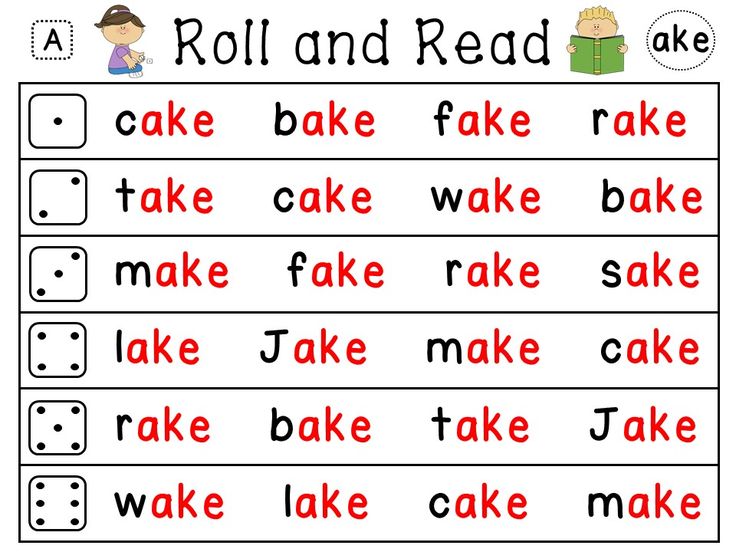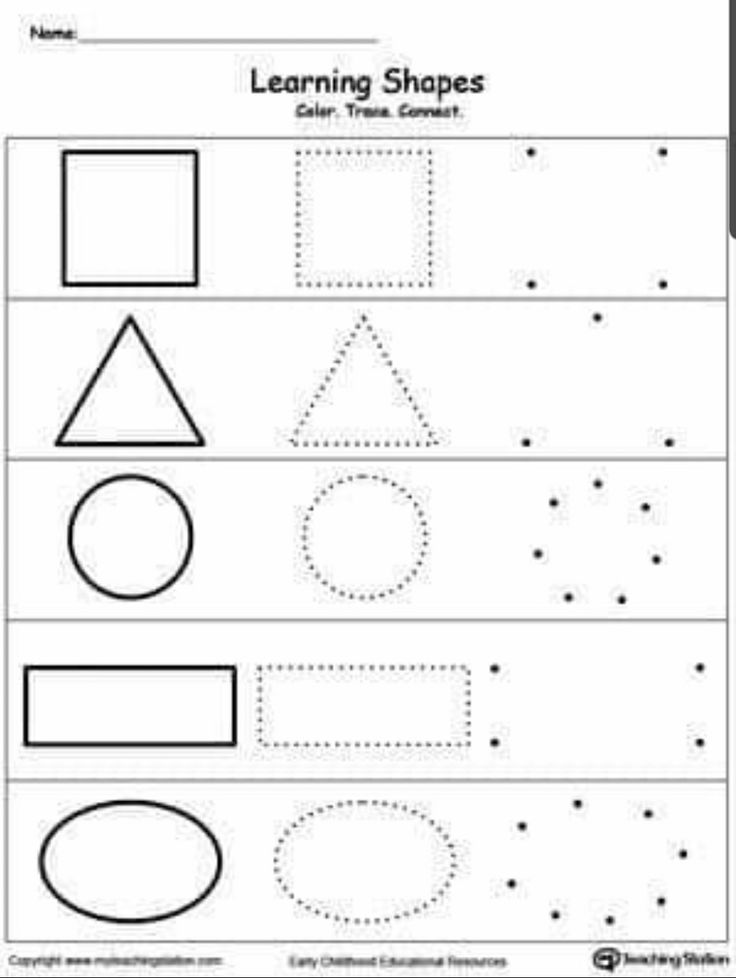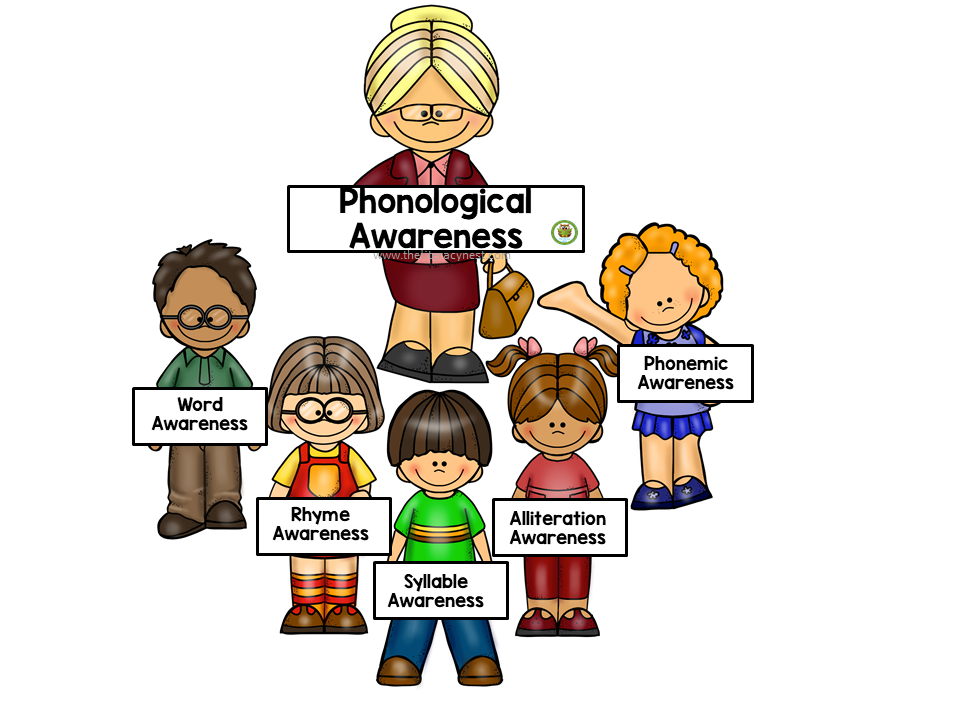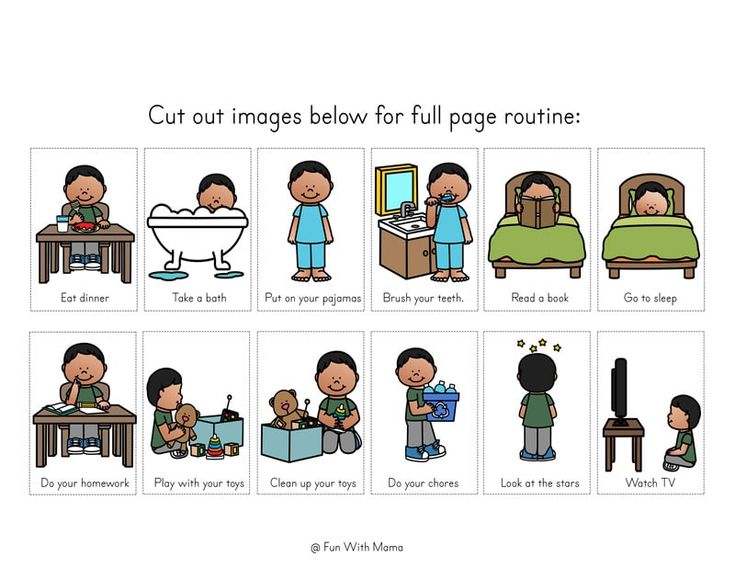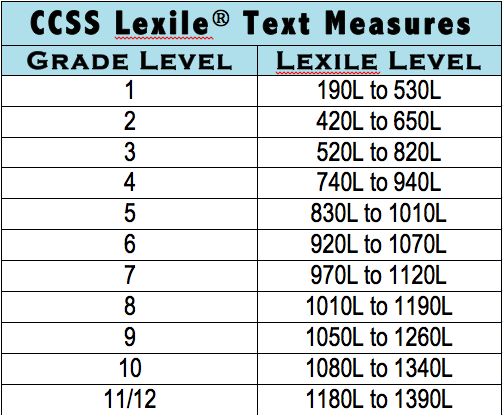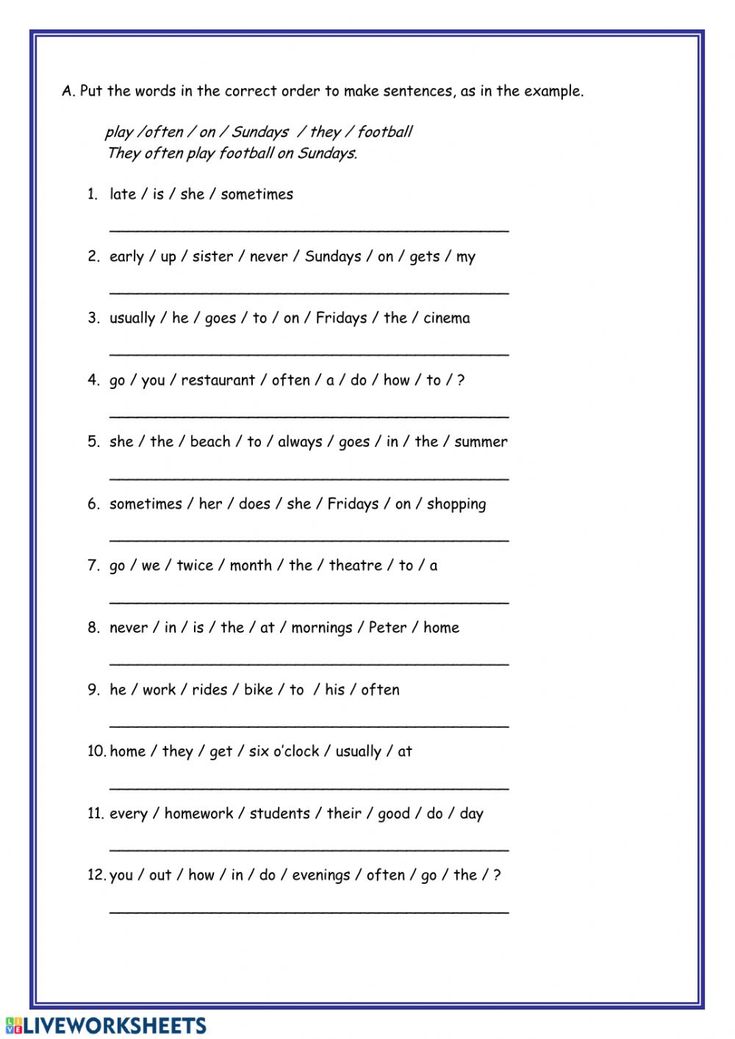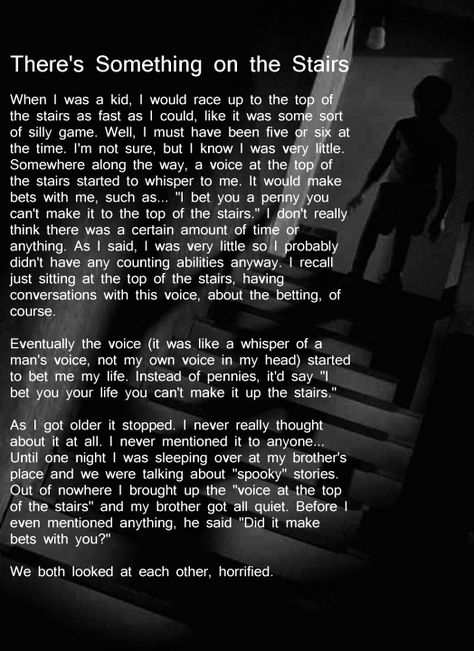Teaching three year olds
31 Things That You Can Teach Your 3 Year Old
3954 shares
- Share
- Tweet
Whether your 3 year old is in full or part-time preschool, home schooled, or simply hanging out at home with grandma, there are so many learning opportunities at this age. Three year olds are like little sponges, picking up every bit of information about the world around them.
They love learning all the ways that their mind and body can do new things and jump at every opportunity to try something new.
Three Year Olds Can Still Learn Through Play
Although your child is transitioning from toddler to preschooler, they can still develop and practice new skills from structured and unstructured play. A lot of what they learn, you won’t even realize that you’re teaching them!
However, once your child is 3 years old, they can begin to learn from more structured activities based on appropriate concepts that are able to be learned and mastered at this age.
Does My 3 Year Old Need Preschool?
I found preschool to be so beneficial for my daughter at this age. The socialization is one of the biggest benefits of a preschool program.
They’ll be exposed to so many new opportunities that may not be available at home like different toys and learning materials, daily structure and routines, learning to respect their teachers, various educational activities, much more.
I don’t believe that preschool at 3 years old is absolutely necessary and your child will be fine without it. However, I would enroll a 4 year old in some sort of program to get them prepared for Kindergarten.
Some schools or daycares offer full day or half day preschool and you can choose whether your child goes every day or a few times a week.
Get A Year of Activities for Your Child FREE!
Sign up here to get an email every month with new and exciting crafts, activities, and printables for your children.
What You Can Teach Your Three Year Old
If you’re not in the education field, you may be unsure of simple ways to teach your three year old or ways to incorporate new learning into everyday activities.
Below are a bunch of things that you can help your 3-year-old learn and understand. Practice and exposure is the best way to develop new skills with your child so try and make every opportunity a learning opportunity you can.
This list is for children in the 3 year old range up to 4. Not exclusively once they turn three.
Also, always remember that every child develops at their own pace so don’t worry too much if your child doesn’t have all of these skills yet. This isn’t a list of what they should know at this point, but rather a guide to help you understand what they are capable of learning at this age.
1. New Vocabulary
Your 3-year-old will probably be speaking in full sentences or at least long 4-5 word phrases by now. Three year olds should have at least 250-500 words in their vocabulary as well.
Although there are way too many words to give you a full list, here are some of the common words, phrases, and concepts that your three year old should be able to say and understand:
- Body parts, Animal sounds and names, Friends/Family Names (and their own first, middle, last), Vehicles, Household objects (food, utensils, furniture, clothing, etc)
- Colors and Shapes
- Direction words (below, above, next to, on top, underneath, etc.
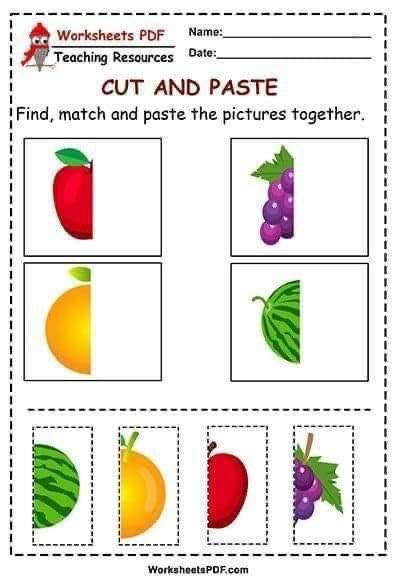 )
) - Days of the week, Months of the year, Seasons, Weather (sunny, rainy, cloudy, windy, snowy, hot, cold, etc.)
If your 3-year-old isn’t talking much at this point or is not trying to speak in full sentences, mention it to your pediatrician. Here are more tips to get your child to talk here.
2. Conversational Speech
Your 3 year old should be able to ask and answer simple questions and tell simple stories or anecdotes. They’ll probably be asking a lot of WHY questions as they are curious to learn all about the world around them.
Be sure to answer them with the correct responses and not just ignore their requests for information. Every question is an opportunity to teach your child and you don’t want them to miss out on those experiences.
It’s also important to make corrections in their grammar. When they were 2, some of the things that they said wrong sounded pretty cute.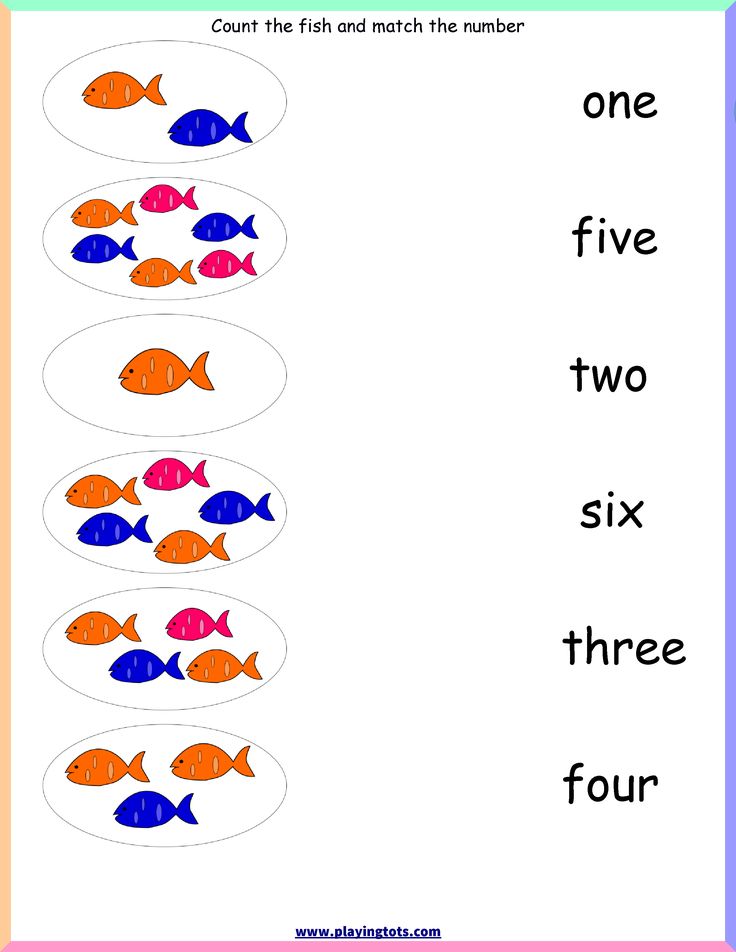 However, now that they’re 3, you don’t want them to get into bad habits of the way they speak.
However, now that they’re 3, you don’t want them to get into bad habits of the way they speak.
Whether they’re pronouncing a world wrong, using the wrong tense, pronoun, or grammar, the only way they will learn the right way is if you correct them. So let them know the right way to say the word or sentence and have them repeat it back to make sure that they understand.
In order to get your child to initiate conversation or answer your questions, you can:
- Ask them about their favorite characters/shows/books/toys. What easier way to get a kid to talk than to get them talking about their favorite tv show or super hero?
- Ask them about their day, ie. what did you eat for lunch? What did you play with in the bath tub?
- Ask them for their opinions
- Tell them to ask you about the above mentioned things
If they still tend to give you one-word answers, ask them more questions to get them to elaborate.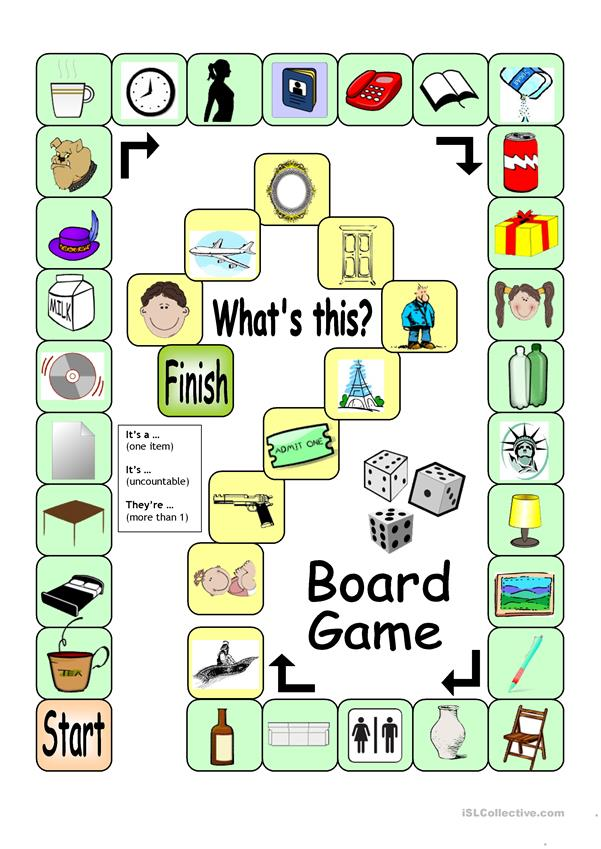 The more you ask. the more responses you will get. In turn this will help them to realize that they need to add more detail in their responses.
The more you ask. the more responses you will get. In turn this will help them to realize that they need to add more detail in their responses.
3. Reading books
At 3, your child should understand the concept of “reading” a book. They won’t actually be reading the words, but they should know how to grab a book, hold it the right way, and flip through the page independently.
They should be able to get a good understanding about what is happening in the book by looking at the pictures. They should even recognize that there are letters and words on the page that mean something, but won’t know exactly what they say or mean.
Read to your child everyday to instill their interest in reading. When you are reading to them:
- Use your finger to follow the words on the page so they start to associate the letters with what you’re saying
- Read word-for-word what the text says on the page instead of making up words or describing what the pictures look like
- Ask them questions about what they see on the pages
Your 3 year old may even be able to answer some inferential (why) questions (although this is a tougher skill), but it can’t hurt to try and ask them some of the questions.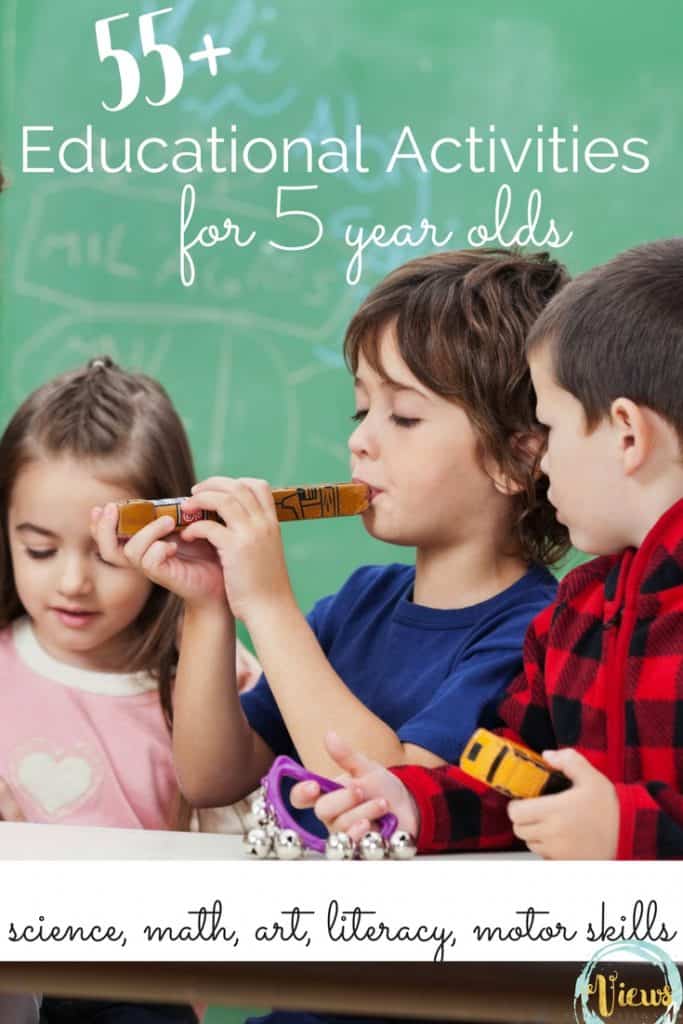 These are questions that the book doesn’t actually give the answer to, but the child has to think about their own answer or reason. For example, Why is the girl sad in this story? Why shouldn’t the boy have crossed the street? Why did the dog jump over the bone?
These are questions that the book doesn’t actually give the answer to, but the child has to think about their own answer or reason. For example, Why is the girl sad in this story? Why shouldn’t the boy have crossed the street? Why did the dog jump over the bone?
Reading doesn’t have to begin and end with books; labels on cereal boxes, words on toys, printed words on street signs, text on the television, or signs at stores are some examples where you can point out words and letters.
Related Post: The Outstanding Benefits of Reading to Babies and Toddlers
4. Promote Independence
Your three-year-old should be doing many things on their own now so be sure to give them these opportunities to learn, understand, and make mistakes (within limits, of course).
Of course they may not have perfected every skill yet, but the only way a child will learn is by doing it themselves. You can give them a hand completing the task once they’ve finished.
They should be increasing their independence in areas like:
- Dressing: choosing their own clothes, dressing for the weather (warm items or cool items), taking on/off a shirt, pants, underpants/pull-up, shoes, and socks, and learning the right way to put on items (backwards, forwards), and that shoes are on the right feet.
- Self-feeding: using utensils without spills, choosing their own meals and snacks, opening containers, drinking from an open cup with some supervision, and why it’s important to eat healthy. I love these utensils as my 3 year old graduated from her “baby utensils” to wanting to be just like mom and dad- these look like our silverware but are a perfect size for preschoolers.
- Brushing teeth and hair: Teach them how to brush correctly on their own (back and forth, top and bottom), putting toothpaste on (with help), and why it’s important to keep our teeth clean. My 3 year old LOVES using an electric toothbrush like this one, especially the ones with their favorite characters.

- Cleaning up: wiping up messes, putting toys away, bringing dishes, cups, & utensils to the sink when done, throwing away their garbage, using handheld vacuum to clean, and putting away toys when completing activity
- Hygeine: Blowing their nose, washing their hands, using a washcloth to wash themselves in the tub. Make washing hands and standing at the sink much easier by using stools and sink faucet extenders.
- Transitions: Getting in and out of the car on their own, going up and down the stairs, ending one activity and moving to the next without complaining, turning on/off lights when entering/leaving the room
Be sure to model and show your childhood to do these skills the right way so that they don’t keep practicing something the wrong way.
5. Pretend PlayUsing their imagination opens up a world of fun and play for your 3 year old. This skill typically comes naturally as they copy and imitate what they see in the real world, in books, or on tv.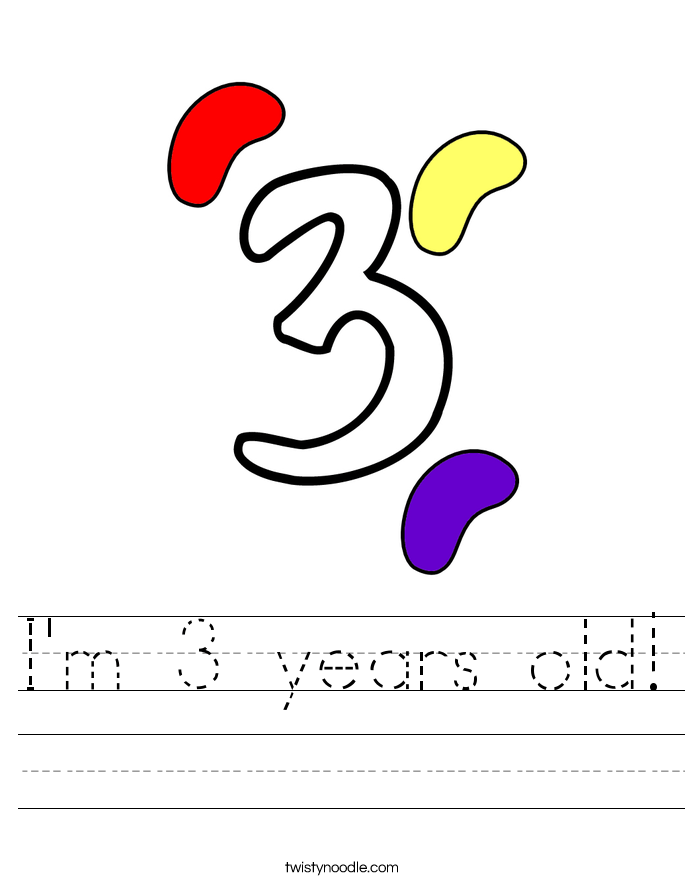
They will use a combination of imagination and reality to copy the things they see daily, like these:
- Cooking in a play kitchen with pots and pans
- Hosting a tea party for their dolls and stuffed animals
- Feeding, burping, and changing a baby doll with play spoons, bottles, and diapers
- Talking on the phone with a play cell phone
- Playing doctor with a doctor or nurses kit
- Going shopping with a shopping cart and fake food
- Driving a car
- Sweeping, mopping, and vacuuming the floor
- Dressing up as their favorite princess, super hero, or character
At 3 years old, your child should have moved passed scribbling and be able to make intentional marks on the paper. They should be able to draw a:
- straight line down
- straight line across
- circle
- cross ( + )
- other shapes such as a square or triangle come later, but they can still attempt these, but may need help or the angles won’t be perfect
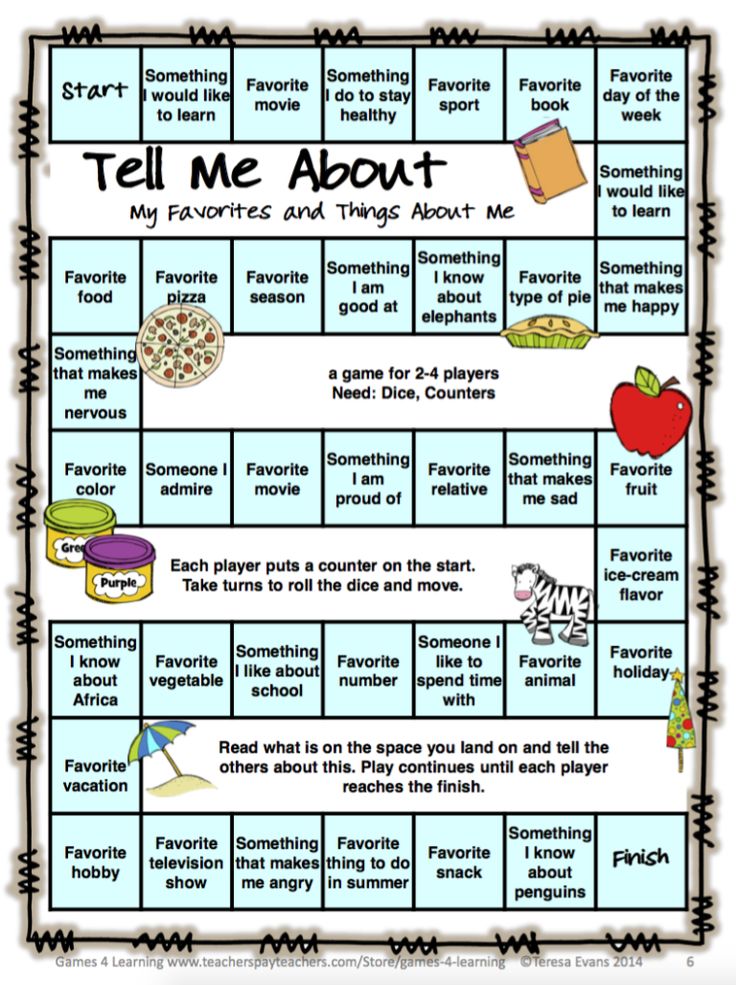
You can also guide them into making drawings using those elements (lines and circles), for example to draw a sun, a person (stick figure), or a flower. Of course, these drawings won’t be perfect, but they’re gaining insight as to how to make their marks on the paper look like something real.
Imitation is the best way to have your child learn to draw at this age, meaning that you draw one line and have them watch and repeat the same thing. This as opposed to copying (where you just show them the picture and expect them to figure out how to draw it).
7. Coloring and Painting
At age 3, your child can start learning how to color a picture correctly. You can guide them by showing them how to:
- Stay within the lines of a shape, border, or object
- Finish coloring each section without leaving a ton of white spots
- Use correct colors for certain objects, ie. coloring a strawberry red and a horse brown, instead of just picking any color that they choose
- Use different colors for different sections of a picture, ie.
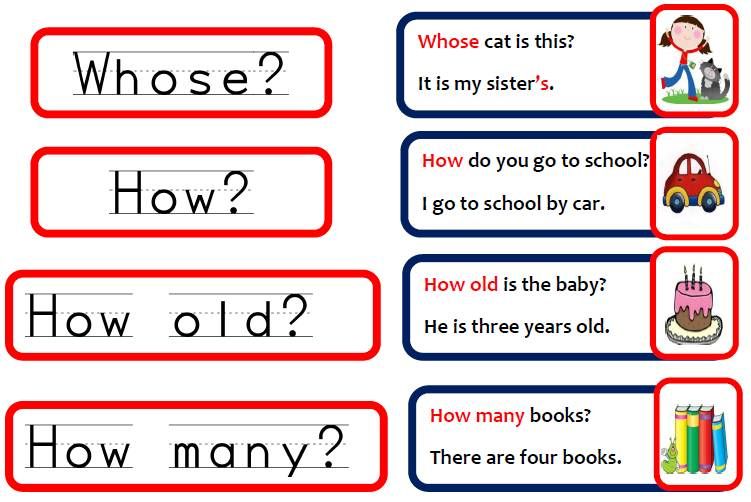 Coloring a beach scene with blue for the water, yellow for the sun, green for the palm tree, etc. instead of jut coloring the whole thing one color
Coloring a beach scene with blue for the water, yellow for the sun, green for the palm tree, etc. instead of jut coloring the whole thing one color
Be sure that they are holding their crayon with the correct grasp at all times. I highly suggest these finger crayons for the young ones. They are perfect for little hands and promote a good grasp when holding the crayons.
If your child likes markers, but you don’t trust them being alone in a room with them, these Crayola Mess-Free Coloring Sheets are my absolute favorites!
The markers come out clear if they are used on any other surface besides the paper. On these special sheets, they’ll turn a color so your toddler sees the masterpiece that they are creating. They have so many characters available so I’m sure you can find a pack that your child will love.
8. Tracing
Tracing is a great visual motor skill (hand-eye coordination). You can teach your 3 year old to trace lines and letters by:
- Having them use their finger first to trace the line on the paper
- Tracing straight lines first and then working toward shapes, zig zags, and curved lines
- Making sure that they know to stay on the line the best that they can
- Tracing letters in preparation for writing
9.
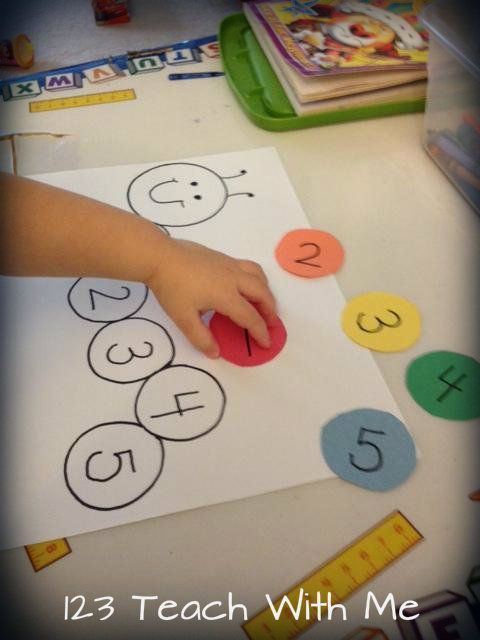 Cutting
CuttingCutting is a skill that 3 year olds can begin practicing. They may still have a difficult time, but here are some tips to get your preschooler cutting:
- Be sure to use child safety scissors so they can’t hurt themselves.
- Teach them how to hold the scissor correctly with their thumb toward the ceiling on both the cutting hand and helper hand
- Position the paper in front of them while they are cutting instead of holding it off to the side or way up high.
- Make sure that their arms, shoulders, and elbows are down and relaxed as they cut right in front of them. As they’re concentrating, children tend to hike up their elbows and cut up high.
- Once they are able to make small snips on the paper by just opening and closing the scissors, teach them how to cut on a straight line
- Use sturdier paper like construction paper to make holding and stabilizing the paper easier on them.
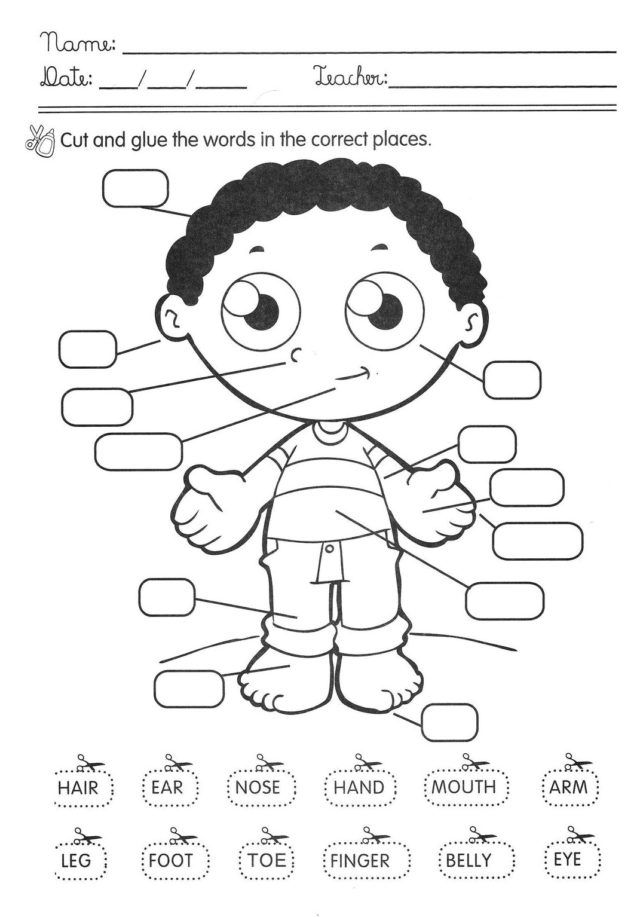
Your 3 year old may be able to count up to 20 (with some errors at times) from memory and maybe even up to 30 with more practice. They can also work on recognizing and identifying numbers and counting objects.
You can practice counting with so many different, everyday objects:
- count each step while you’re walking up the stairs
- count the number of blueberries on their dinner plate
- count the number of toys in their toy bin
Numbers are everywhere so be sure that they are counting whenever they can.
The concept of one-to-one correspondence (one object is one number) should be emerging now. Just show them how to point to each object as they count it and correct them if they start saying 2 numbers as they count one object or skip over objects when counting.
11. Letters and Sounds for Beginning to ReadYour child may already know many of the letters of the alphabet. At this age, they should probably be able to recite the ABC’s from memory (with some errors and help as needed).
At this age, they should probably be able to recite the ABC’s from memory (with some errors and help as needed).
Now you can work on recognizing letters, as well as the sounds they make. To make letter learning easier, try these tips to teach your 3 year old:
- Look at both uppercase and lowercase letters when learning. The lowers case letters are the ones that they will see more often when they read or see words.
- Point out letters to them everywhere: on cereal boxes, on street signs, on banners, and on snack bags
- When talking about a letter, always tell them the sound that it makes and a word that has this letter as its starter. For example M: say M says mmm for mom. Always have them repeat you to etch it into their memory.
- Use different sensory modalities to trace, write, or copy their letters. For example, writing them in sand, placing stickers inside the written letter, tracing the letter written in puffy paint with your finger, erasing the letters from a dry erase board, matching upper and lower case letters, etc.
 Here are some more fun sensory activities for letter learning.
Here are some more fun sensory activities for letter learning. - Sing songs that help them to remember the letters
- Use puzzles with letters for letter matching
These name puzzles from Bloom Owl are a great way to get your child learning the letters of their name. They’ll love playing with the puzzle as they start to recognize the letters they see all the time.
By far my favorite resource for having your child learning letters and letter sounds is the Leap Frog shows on Netflix. They include Letter Factory, Phonics Farm, and more. If you have Netflix you can access these shows! My 20 month old was reciting all of the letter sounds because he loves this show so much!
Once your child has a good memory of most letters and their sounds, you can teach them how to put them together to form short words. At 3 years old, a child may be able to start reading 2 or 3 letter words. Teach them how to use those sounds to read short words from the -at, -et, -it families, such as mat, rat, bat, get, set, let, sit, fit, kit, etc.
Teach them how to use those sounds to read short words from the -at, -et, -it families, such as mat, rat, bat, get, set, let, sit, fit, kit, etc.
Related Post: Sticker Activity for Learning Letters
12. Building
Building helps to improve your child’s hand-eye coordination and spatial awareness. They’ll be able to use their imagination and creativity to create masterpieces and then knock them all down when they’re done.
This Melissa & Doug Alphabet block set is great to stack and Bristle Blocks are also perfect for stacking, putting together, and taking apart at this age. My 3 year old is also obsessed with Magnetic Tiles– it’s the one toy that just never gets old!
Have them use blocks to encourage imaginative play and see what they can come up with. Building blocks let them problem solve and investigate the world around them.
13. PuzzlesPuzzles are a great activity for fine and visual motor skills (hand-eye coordination).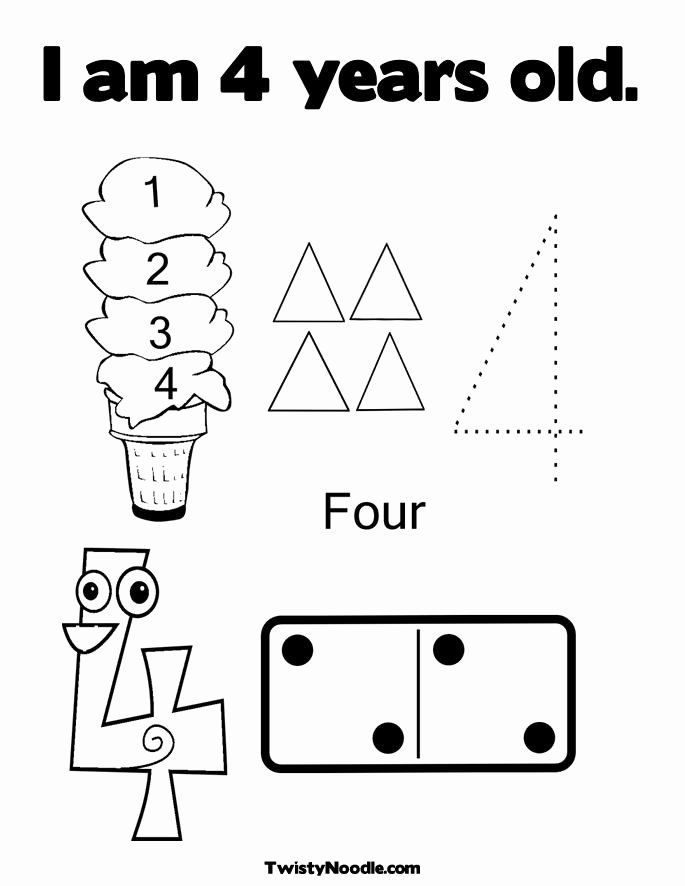 Having to fit a piece into it’s correct spot by turning and manipulating it is great for visual-spatial awareness.
Having to fit a piece into it’s correct spot by turning and manipulating it is great for visual-spatial awareness.
Your 3 year old should have moved past inset puzzles and can do more complicated interlocking puzzles. Start them out with small interlocking puzzles like these or these, which only have 6-9 pieces per puzzle.
14. Physical Activity, Sports, and Getting OutsideThree-year-olds are known to be pretty wild so you probably won’t need much coaxing to get them active. However, make sure they’re getting plenty of physical activity to learn new gross motor skills. These include:
- Jumping and running
- Climb up and down playground equipment or a jungle gym
- Start learning how to ride a balance bike or a bike with training wheels
- Throwing/catching/kicking a ball
- Hop or stand on one foot for a short time
- Walk backwards
The best way to get them active is to give them lots of outdoor time. Take them to playgrounds to climb on the equipment as they offer so many opportunities for enriching gross motor skills.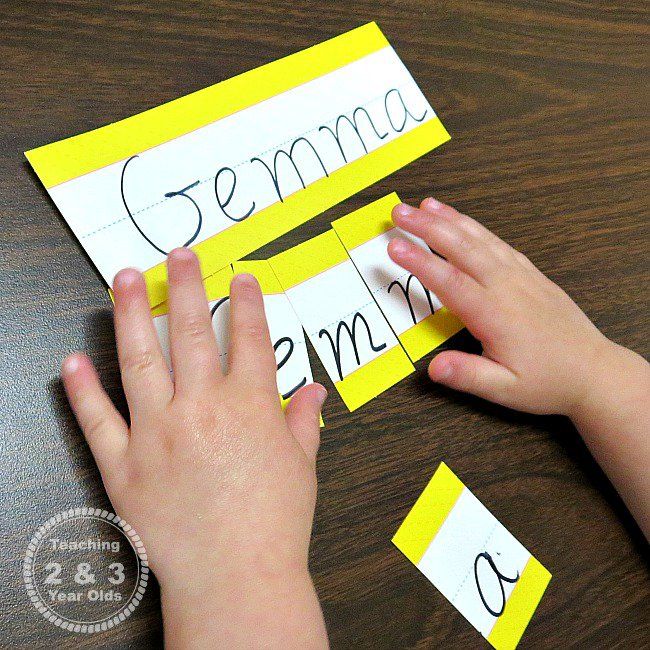 Take them for a walk and point out all the sights you see.
Take them for a walk and point out all the sights you see.
Your child can also start playing cooperative sports with peers and follow directions by watching someone do a movement. Activities like gymnastics, dance, soccer, swimming lessons, and tee ball are all great organized activities to practice all of the above skills.
15. Music, Dance, and Rhythm
Children love rhythm and music so get them singing, dancing, and exploring their bodies with music. Put on music for them to dance to, sing along to their favorite songs with a microphone, or make their own music with toy instruments like maracas, xylophone, tamborine, etc.
You can also make musical ‘instruments’ with so many household objects, like shaking pill bottles, banging wooden spoons, or filling plastic Easter eggs or water bottles with uncooked beans or rice.
Do the Hokey Pokey to get them moving and learning body parts. Imitating movements that they see you doing is a great way to develop body and spatial awareness, as well.
Singing songs and doing dances are also a great way for your preschooler to learn and memorize new words and concepts like the days of the week song, months of the year song, head shoulders knees and toes, finger family song, etc. They’ll know their days of the week s quickly if you just put a tune to it!
16. Potty TrainingAround 3, many children will be fully capable of using the toilet. If you haven’t started yet, give it a try! Your child may do better than you think.
If they’re already potty trained, make sure that they are fully independent with pulling their pants and underwear up and down, wiping themselves both back and front, and washing their hands afterward.
Be sure to wait until they’re ready and don’t force it on them. Here are some great tips on potty training your child here.
17. Sense of Time
Of course your three year old will not be able to tell time, however you can still teach them a basic sense of time, including:
- Understanding morning, afternoon, and night.
 They should understand the concept of when they wake up it’s morning, lunch time is the afternoon, and before bedtime is night. They can also understand this better by seeing outside when it’s light or dark.
They should understand the concept of when they wake up it’s morning, lunch time is the afternoon, and before bedtime is night. They can also understand this better by seeing outside when it’s light or dark. - Recognizing the numbers on a digital clock. If they can identify numbers, they should be able to see the first number and say it’s 7 o clock. With my daughter, we tell her that 7 o clock is bedtime so when she sees 7 on the digital clock, she knows it’s time to go to bed.
- Knowing when they have 1, 5, or 10 more minutes left. They still won’t have a true sense of how long these increments of time are, but you can try to make them aware that 1 minute is quick, compared to 10 minutes or 20 minutes.
- Days of the week. They may be able to get a sense of what day it is today, what it will be tomorrow, and what it was yesterday
Before they fully have a sense of time, try setting an audio or visual timer when you need to show them when time is up. For example, when you say clean up in 5 more minutes, set a timer for 5 minutes to ring when it’s time.
For example, when you say clean up in 5 more minutes, set a timer for 5 minutes to ring when it’s time.
We love the Time to Wake clocks for my little ones. They let them know when it’s time to call for mom or get out of bed by simply turning a different color when it’s almost time to get up or when they should leave their room.
This is a great visual way for them to “see” and understand time.
18. Safety
Of course, safety is a crucial lesson to teach your child. This is the age where they will probably have no fear or understanding of dangerous situations. The following practices need to be taught to your 3 year old as they may not just come naturally:
- not running away in public
- not running out into a parking lot
- stranger danger
- staying close to mom or dad
- being cautious when crossing streets
- holding hands when in public or outside
- sun safety: applying sunscreen, wearing hats
- being careful of hot items: kitchen appliances, flames, etc.

Speaking of safety for your little ones, the Whystle App is a great resource for all parents to have that tracks all safety information that’s important to your family. This includes product recalls for toys, food, and more that could promote dangers into your home. Download this app free on your phone and then there’s a free trial for the subscription so you never miss an important safety warning.
19. Manners and Respect for Others
Understanding how to properly treat others is a valuable trait to instill in your child. This goes for respecting both adults and other children. It’s important to teach your children how to use polite words and actions to show manners.
At this age, they are still testing their boundaries and exploring new ways of getting what they want. Instill rules for respecting others even through times of frustration.
- Saying excuse me when needing someone to move or get their attention
- Patiently waiting for a parent to finish talking to another parent before chiming in
- Saying please and thank you shows consideration and appreciation
- Making eye contact when speaking to others
- Apologizing when you do something wrong
- Ask questions to others about how their day is or how they are feeling
- Compliment others on their clothes, hair, or something they did
- Share their toys or items that belong to them
- No pushing, hitting, biting, or pulling hair to hurt others in any way
20.
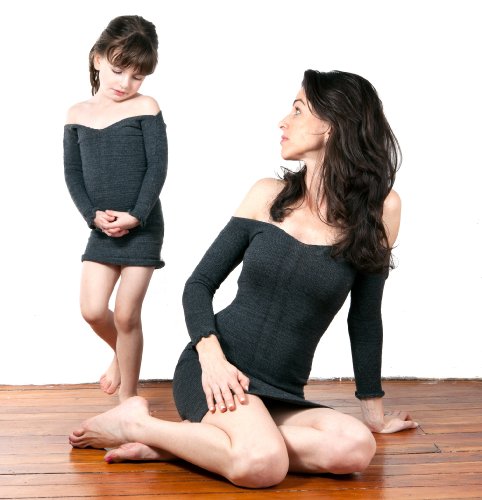 Staying Healthy: Good Hygiene and Eating Well
Staying Healthy: Good Hygiene and Eating WellTeaching your 3 year old to practice good hygiene and healthy eating is great to start young. Build-in their hygiene routine throughout the day and they will become accustomed to this regimen. Eating healthy foods early on to set them off for a healthy diet for the rest of their life. These include:
- eating fruits, vegetables, whole grains, and proteins. Avoid: processed foods, unhealthy snacks, and sweets
- washing hands after meals and potty
- brushing teeth morning and night
- bathing daily or every other day
- keeping their clothes and body clean while they eat or play
- covering their mouth when they sneeze or cough
- blowing their nose into a tissue
- wiping their own privates after going potty
Complying with:
- brushing and combing hair
- cutting fingernails and toenails
- cleaning inside ears with a child safety q-tip
Related Post: How to Get Your Picky Toddler to Try New Foods
21.
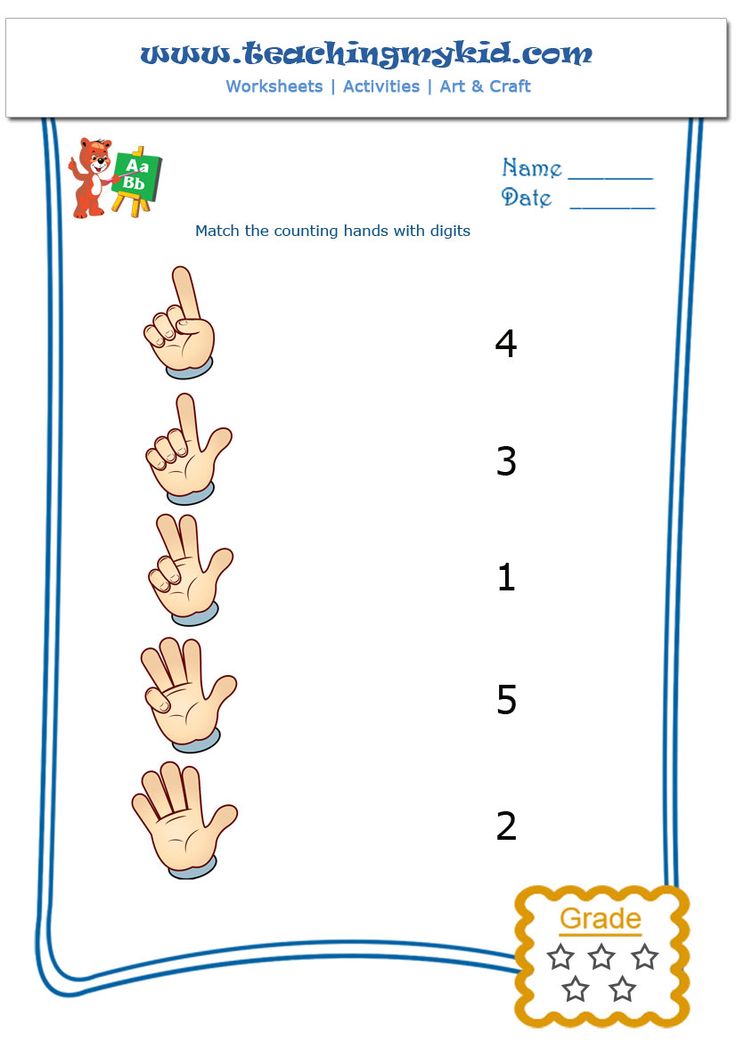 Acting Appropriately in Public and Understanding “No”
Acting Appropriately in Public and Understanding “No”Preschoolers are very ego-centric (only care about themselves). It’s totally normal for them to only think about how things will affect them. This almost always leads to inappropriate behaviors as they learn what behaviors get them what they want.
Don’t always give in to every cry and teach them that sometimes they can’t get everything that they want. Don’t always give them the cookie that they’re begging for or the new toy at the store. If they must get the object that they desire, make them earn it.
Teach your 3-year-old how to act appropriately to avoid tantrums in public. Try putting rules in place when you are out so they know what is expected of them. Always have a way to redirect or distract them when you see a tantrum starting (using something else they are interested in). Lastly, just avoid situations that could set them off.
This is a great article about Tips for Cry-Free Shopping with Your Toddler
22.
 Empathy and Compassion
Empathy and CompassionFrom a young age, you want to fill your child with compassion and empathy for others. Teach them about emotions and to be conscious of other people’s feelings.
- If they see someone crying, ask what’s wrong.
- If they see someone alone, go over and play with them.
- If they see someone that looks different than them, treat them equally.
- If they hurt someone, apologize and make it better
It’s never too early to talk to your children about race, ethnicity, disabilities, and recognizing differences between others.
23. Structure and a Routine
Your 3 year old probably already has some routine in place throughout their day. However, you want to ensure that they are consistently doing what is asked of them so that they could even do it on their own if needed.
The more structure that your child has in their day, the more they will start to understand time and a daily schedule.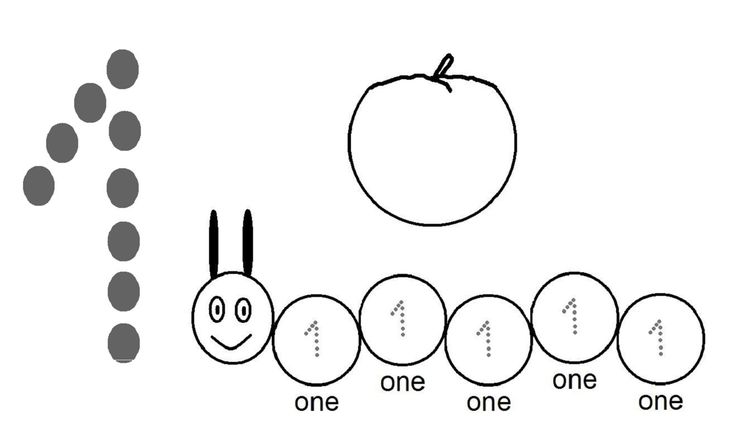
I love using a routine or responsibility chart (like the blue/green one on the right) so my toddler can have a visual cue of everything that is expected of her. Use one with pictures instead of just words, (like this Mickey Mouse chart), so your toddler actually understands what it’s for.
Here are some examples of day-to-day routines that you can create a specific pattern for:
- Bedtime: Brush teeth, go potty, wash hands, put pajamas on, read a story, go to sleep
- Morning: Go potty, wash hands, brush teeth, get dressed, eat breakfast
- Before naptime
- Pre-dinner wind-down time
- Cleaning time
- Getting ready for school/daycare: Packing their backpack, putting their jackets and shoes on, getting themselves into the car
Related Post: Why Your Child Needs a Daily Routine and How to Make One
24.
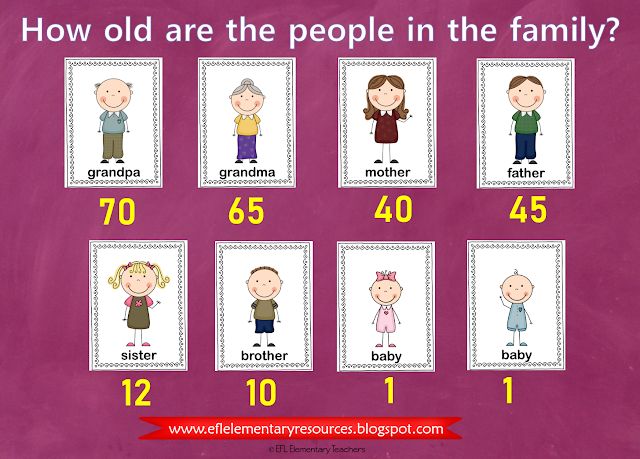 Staying on Task
Staying on TaskA 3 year old’s attention span is still quite short, although it should have increased a lot since toddlerhood. It’s only reasonable to ask them to focus on a task for around 6-10 minutes at this age.
However, it is important for them to be aware that once they start a task they should finish it to completion. My daughter loves to grab a puzzle and put in 3 pieces and walk away or sit down and read 2 pages and then walk away.
The goal of teaching your child to stay on task is to complete what they start. Here are some tips:
- While playing with your child, make sure that they complete the entire activity, ie. puzzle or read through the whole book, before they get up and run around.
- If they’re coloring or building a tower, keep them engaged in that one activity for as long as possible before you let them move on to the next.
- During mealtimes make sure they remain seated and finish their meal before getting up and playing.
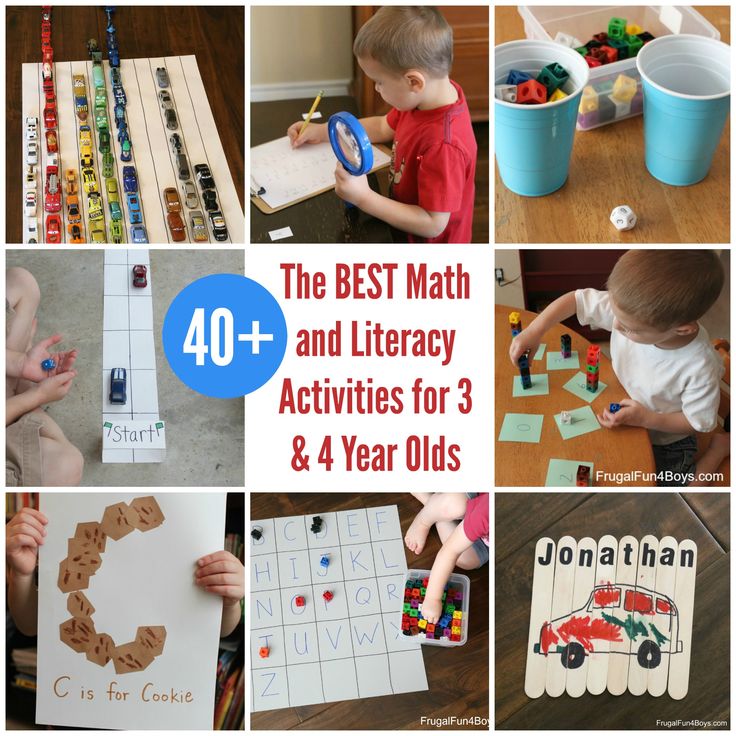
- Make sure they clean up one activity before moving on to the next
25. Be a Helper and Doing “Chores”
Little kids LOVE to help grown-ups. They want to do everything that you’re doing because they’re starting to gain this growing confidence and independence. Invite them to perform tasks that they may not be able to do independently, but that they can help you with.
- Get the mail
- Take the trash out
- Refill the toilet paper roll dispenser
- Help with cooking: mixing, adding ingredients
- Carrying in bags or groceries
- Fill the dog bowl
- Entertain a younger sibling
- Cleaning up their toys
- Cleaning up after themselves: throwing their dishes in the sink garbage in the trash can
- Wiping down the table or floor when they make messes
26. Technology
Technology or screen time should be limited for preschoolers to no more than 2 hours a day, but it is still important for your child to learn how to use these devices. The fine motor skill of swiping, clicking, and sliding to nagivate through tablets and smart phones are something that your 3 year old can easily learn.
The fine motor skill of swiping, clicking, and sliding to nagivate through tablets and smart phones are something that your 3 year old can easily learn.
Ipad educational games like ABC Mouse are great to sharpen a lot of the educational skills listen above, as well as practice using a tablet or smart phone. There’s a great curriculum based on age and developmental level that teaches them so many new skills.
My 3 year old loves ABC Mouse because of the wide variety of games and fun. She’s learning how to trace letters, numbers, make new sounds and words, etc.
Leapfrog Laptop is also a fun interactive computer that little words can learn letters and typing on.
27. Sorting and Comparing
Sorting and comparing is a skill that you can teach your 3 year old. Make them aware of how objects are the same and different. Some of the criteria that they can use to sort is by:
- color
- size (big, medium, small)
- shape
- categories (fruits vs.
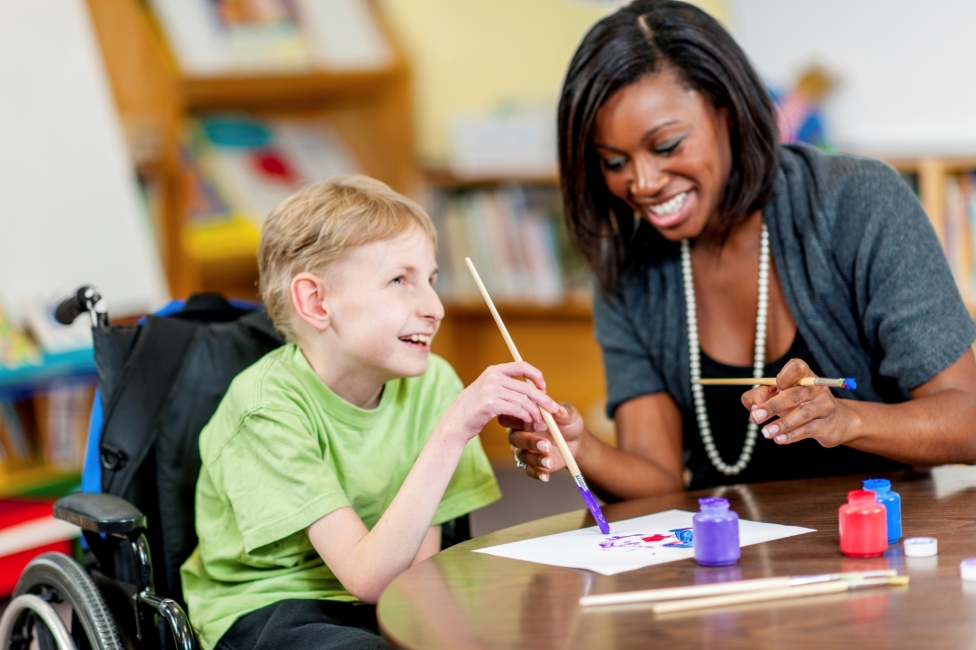 vegetables, farm animals vs. ocean animals)
vegetables, farm animals vs. ocean animals) - pattern (stripes, polka dots, solids)
This sorting pie from Learning Resources is a great way to practice sorting and categorizing objects by the features mentioned above.
28. Follow Multi-Step Directions
Your 3 year old should now have progressed from only understanding and following 1-step directions (i.e. put your shoes on) to following 2-3 step directions (i.e. get your shoes from the closet, put them on, and go wait by the car).
Practice with 2 steps at first to make sure they can focus on the direction given, process it, and carry it out. Then you can try adding in another step to see if they can still follow.
At times, your little one may be distracted to get all the distractions, and that’s ok since their attention span is still short, but as they approach 4, they should really be listening to you intently and follow your commands.
29. Rhyming Words and Opposites
You can teach your 3 year old some rhyming and opposite words at this age, as well.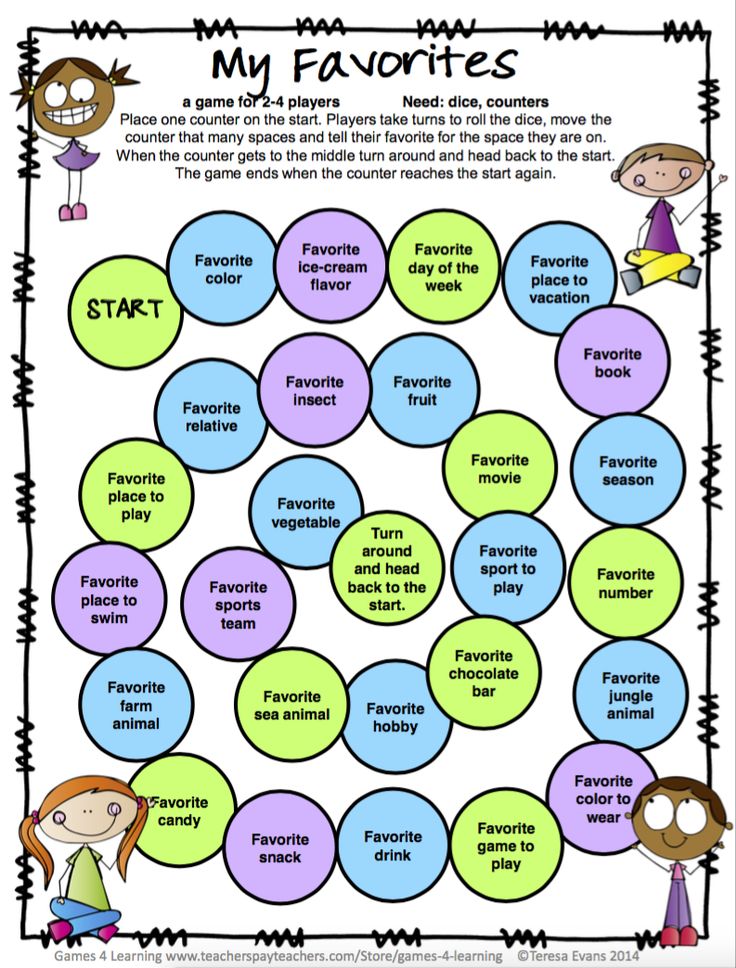 Short words that sound alike (ie. rat, bat and sky, tie) should be easy for them to catch on to.
Short words that sound alike (ie. rat, bat and sky, tie) should be easy for them to catch on to.
Opposite words, for example in-out, up-down, should also be learned at this age as they use these words all the time. They should already know the words, but now understanding the meaning and how they are opposites of each other will really get their mind stimulated and understanding these concepts.
30. Sight Words
The first sight word that your preschooler may be able to spell and recognize is their name. Teach them how to spell their name and how to recognize it when it’s written. Those name puzzles shown above are great for practicing this!
Although your child isn’t expected to know sight words until later on, it can’t hurt to expose them to it now. Sight words are words that may not sound the wya they are spelled so they will have to just memorize the way the word looks.
These are typically commonly used words, for example, like, the, and my. As you read to your child, you will probably come across these words several times.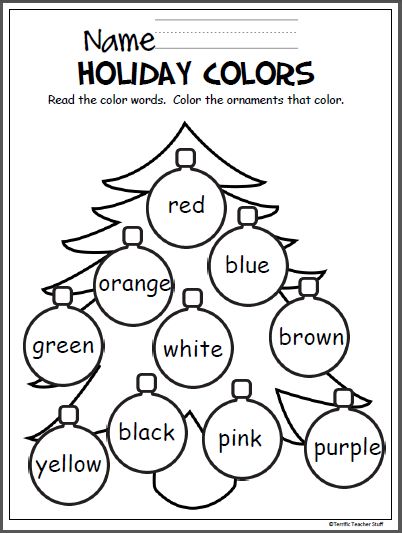
Point out the words to them and tell them what they say. If you tend to read the same books over and over, they should quickly pick up on what a word looks like and say it as you read. Not only soul you point these words out in their favorite book, but wherever you see it whether it’s a cereal box or sign.
Flash cards are also great for learning sight words, however they are a bit young for this.
31. Days of the week/Months of the Year/Seasons
By going over the calendar daily or singing songs, your 3 year old can learn the days of the week and months of the year pretty quickly. They still may not get a true sense of how these time periods work, but they can memorize a list of these items.
Most of these skills listed above can be accomplished at some point while a child is between three and four, but every child develops at their own pace.
This article is not intended to skew your mind into thinking that your child MUST know these concepts.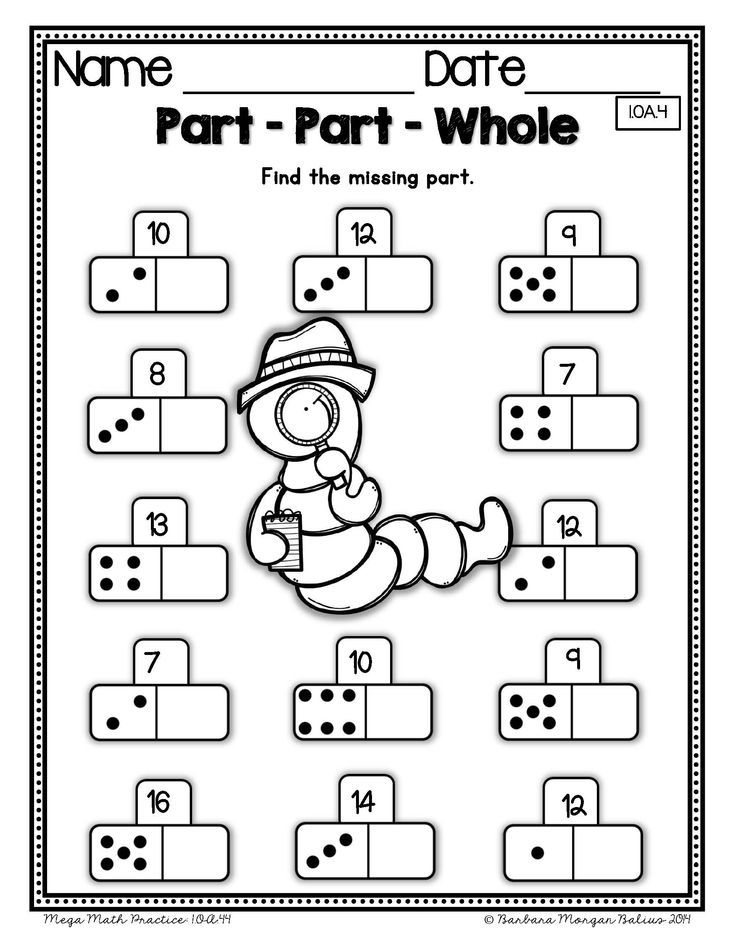 However, if you are looking for activities to do with your child, ways to engage their mind, or knowledge to teach them, these are some great tips. Your child is NOT behind if they can’t adequately do all of these things, but if you are concerned, please speak to your pediatrician.
However, if you are looking for activities to do with your child, ways to engage their mind, or knowledge to teach them, these are some great tips. Your child is NOT behind if they can’t adequately do all of these things, but if you are concerned, please speak to your pediatrician.
Have fun teaching your three-year-old and enjoy watching them blossom this year. They’ll be growing and developing before your eyes so don’t blink! Here are some more great activity ideas to do with your little one.
Related posts:
Start Here
Are you a teacher, parent, or caregiver of a 2 or 3 year old?
If there are toddlers and preschoolers in your life, you’ve come to the right place!
Teaching 2 and 3 Year Olds is packed with tips, activities, and free printables that engage young children in playful learning. Our readers consist of teachers who are looking for ways to have an easier school year, as well as parents who are looking for activities to do at home.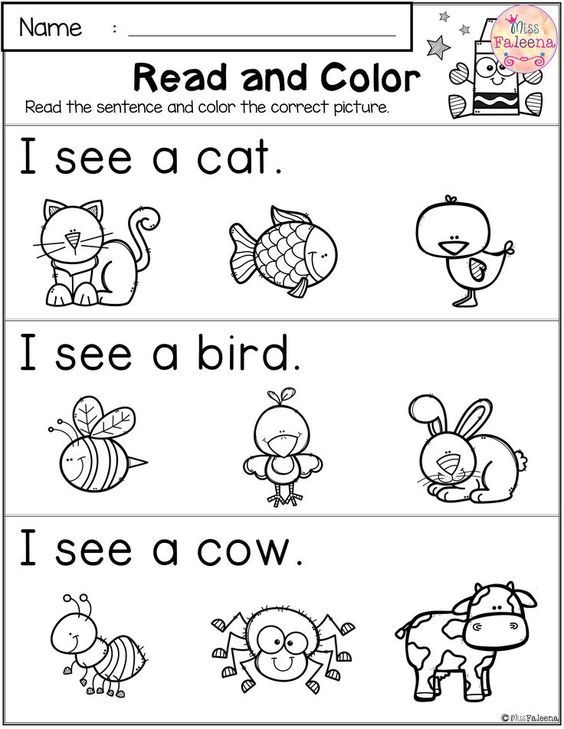 These teachers and parents are from all over the world!
These teachers and parents are from all over the world!
My name is Sheryl Cooper and my teaching journey began in January 1999, when the small private preschool was looking for an interim teacher to help while the lead teacher went on maternity leave. A few weeks after going on her maternity leave, she decided she wanted to stay home with her baby. (You can read more about me here.)
I was so excited to embrace this journey, but also very scared. Back then there weren’t near the resources that are available today. I read whatever I could get my hands on, but I craved finding a support group. Someone with experience who could answer questions as they came up (and I had a lot of questions!).
I somehow stumbled upon an online teachers’ chat board. It saved me. Truly, I don’t know where I would be today had it not been for all of their help as I pushed my way through my first year.
How Teaching 2 and 3 Year Olds Was CreatedI decided I wanted to pay it forward and be there to help other new teachers on their journey.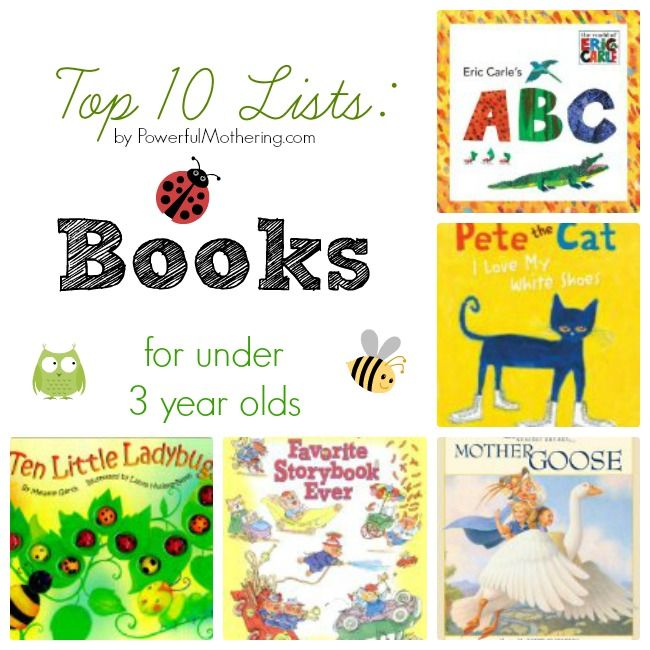 In 2008 I started a blog, Teaching 2 and 3 Year Olds, and used it as a way to document our days in the classroom. It was the most exciting thing to realize people were actually reading what I wrote, and then commenting! Year after year the blog grew in leaps and bounds, eventually reaching hundreds of thousands of people every month. The blog now has hundreds of posts with resources for toddler and preschool teachers and parents from all over the world!
In 2008 I started a blog, Teaching 2 and 3 Year Olds, and used it as a way to document our days in the classroom. It was the most exciting thing to realize people were actually reading what I wrote, and then commenting! Year after year the blog grew in leaps and bounds, eventually reaching hundreds of thousands of people every month. The blog now has hundreds of posts with resources for toddler and preschool teachers and parents from all over the world!
Happy 20th first day of preschool to me!
What Do You Need Help With?
Most new readers come to Teaching 2 and 3 Year Olds to find solutions for a more successful school year. Some are teachers of 2 year olds, and some teach 3 year olds, and many teach both age groups! There are also those who are parents of toddlers and preschoolers who are looking for tips and activities to do at home.
As a result, we’ve organized the website so that you can find what best suits your needs.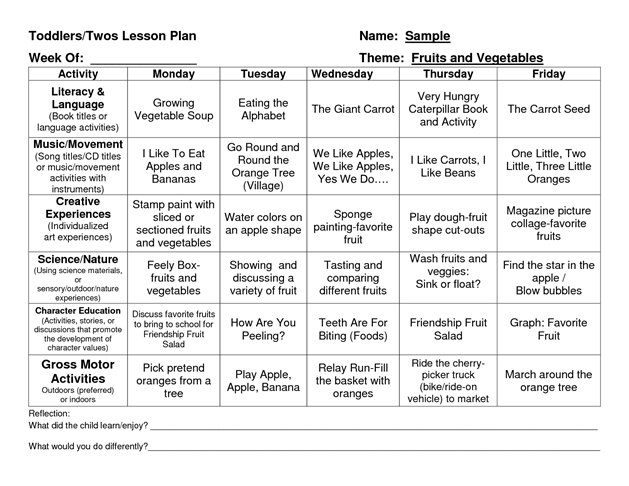 These are:
These are:
✅ How to Set Up a Classroom
✅ Lesson Plans for Toddlers and Preschoolers
✅ Handling Behavior Challenges
✅ Tips Specifically for the Teacher of 2 Year Olds
✅ Tips Specifically for the Teacher of 3 Year Olds
✅ Activities for the Home
You can also find all our activities by subject on this page.
Also popular on Teaching 2 and 3 Year Olds is our Toddler and Preschool Resources Page which contains all of our recommended tools and toys for home and the classroom.
Subscribe to Teaching 2 and 3 Year Olds – It’s Free!
The best way for you to stay in touch with Teaching 2 and 3 Year Olds is to subscribe to our newsletters. They are filled with all our latest tips and activities, as well as free printables, youTube videos and other news from the Teaching 2 and 3 Year Olds community.
It’s completely free and you can unsubscribe at any time.
★
Teachers of toddlers and preschoolers!I now have a private support group! Click here to request an invite.
Our goal at Teaching 2 and 3 Year Olds is to be your trusted resource for teaching and parenting 2 and 3 year olds. You can join over A MILLION others in our Facebook community where we share not only our ideas, but those from other educators and parents, too. We are also on Instagram, where we share snippets of our day.
Thank you for stopping by. I hope you will take a moment to poke around the website – and make sure to bookmark it as an easy reference!
What others are saying about Teaching 2 and 3 Year Olds:
“I just wanted to tell you that I absolutely love all if your ideas. I have been teaching preschool over 25 years and find so much value in your pages!” – Debra H.
“Your website is always the first one I end up going to for ideas. Thank you for that. It’s a massive help and gives me inspiration to do more with my class.” – Bethani R.
“THANK YOU FOR EVERYTHING that you do, Sheryl! I found you online and was ABSOLUTELY delighted that you started a YouTube channel.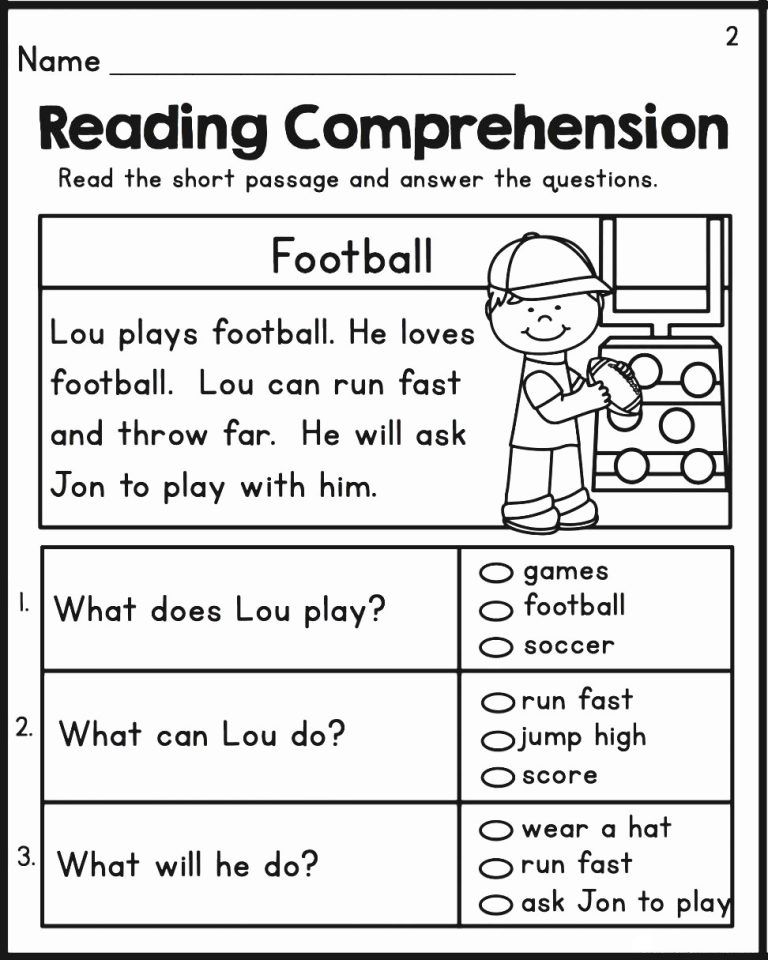 You are so encouraging and teaching is clearly your gift. I’m into my second year teaching two and three-year-olds (with a background in business and marketing actually, but long story!) and YOU have been more helpful than words can describe!!! Please know that you are so inspirational to sooooo many!” – Laura R.
You are so encouraging and teaching is clearly your gift. I’m into my second year teaching two and three-year-olds (with a background in business and marketing actually, but long story!) and YOU have been more helpful than words can describe!!! Please know that you are so inspirational to sooooo many!” – Laura R.
“I just love all your wonderful ideas! I am a grandma of an almost 3 year old and appreciate you sharing these fun activities throughout the school year.” – Lynn T.
“I have been a educator for nearly thirty years and was becoming stale and bored and reading your posts has helped me ignite that passion back.
I love seeing your videos posts and emails and think wow that’s what I need to do and have tried some of your ideas and my daycare kids love it.
So a huge thank you to you for sharing what you do, as I’m sure I’m not the only one being inspired.” – Cathy M.
Have a question? Send me a message and I will get back to you as soon as I can!
Your Name (required)
Your Email (required)
Subject
Your Message
 Developmental activities for a three-year-old child
Developmental activities for a three-year-old child As soon as a child reaches the age of three, he changes in many ways. Often, children at this age already know well what they want and how to achieve what they want. A three-year-old is already a real person with her own tastes and preferences. But the child is still small enough to be completely independent of the parents. He still has a lot to learn. And adults can help.
How and where to organize
Most children start attending kindergarten at the age of 2-3. Here
qualified educators work with the baby according to a special program. In the company of their classmates, the kid learns interestingly and fun. In kindergarten, children tend to absorb information quickly. But unfortunately, not all parents can send their child to a wonderful developmental activities for children 3 years old can also be done at home.
If the child does not attend kindergarten, his mother or grandmother takes care of his development.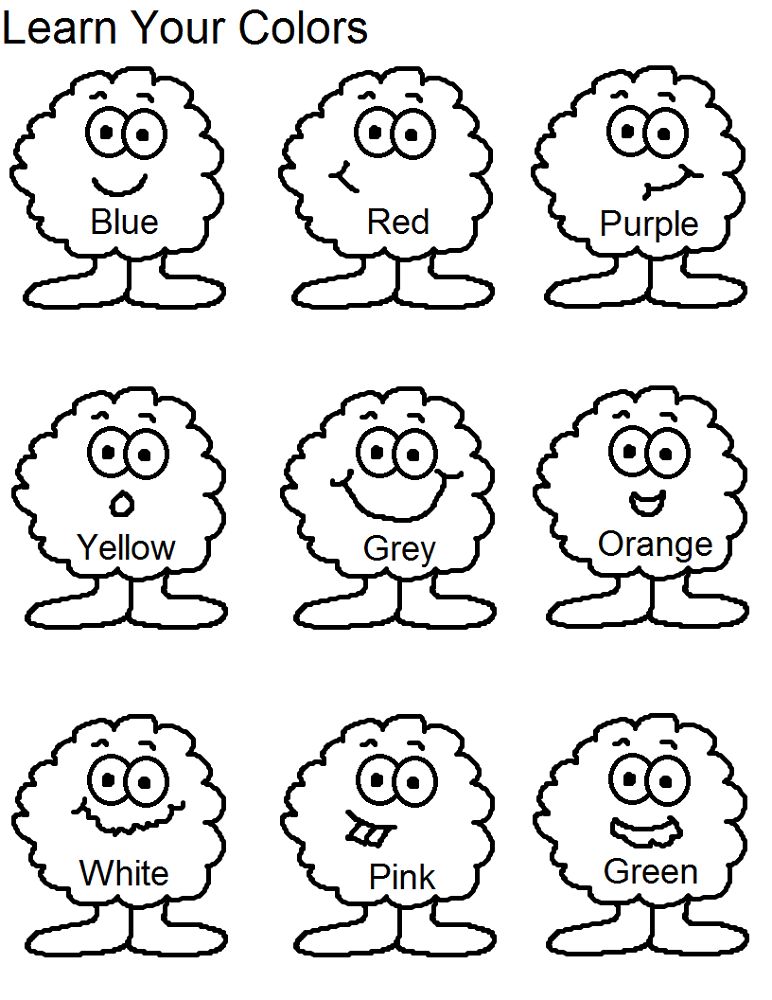 In rare cases, a qualified nanny is hired. In any case, there is always an adult next to the baby, who not only makes sure that the child is healthy and well-fed, but also often conducts classes with him.
In rare cases, a qualified nanny is hired. In any case, there is always an adult next to the baby, who not only makes sure that the child is healthy and well-fed, but also often conducts classes with him.
It is advisable to plan developmental activities for children aged 3-4 at home in the morning. At this time, the child is most receptive to new information. Lessons should be of interest to the child. If he is distracted and does not make contact, it is better to reschedule classes.
It's not boring at all together
It is desirable to carry out simple tasks together with the child. Regardless of whether the kid draws or collects puzzles, you need to do it with him. Even the most boring activity can turn into a fun game if an adult does everything on the same level as a child.
A child should be constantly praised. Even if something does not work out, he must know that he is on the right track. You can show the finished work of the baby to family and friends.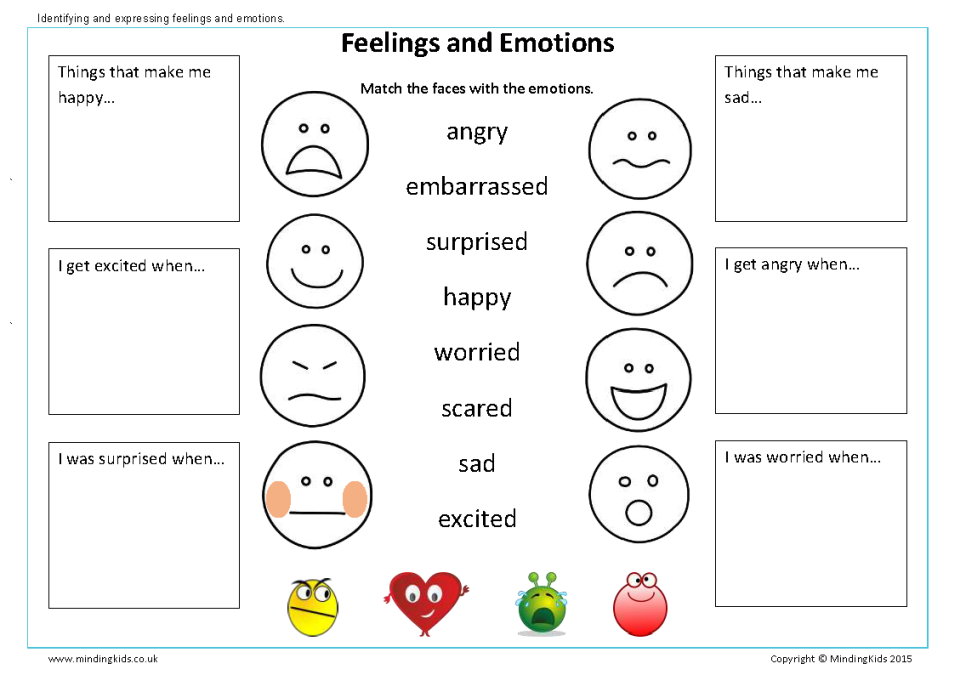 Additional praise will not make a smart kid out of a kid at all. But positive emotions and the desire to conquer new heights are provided.
Additional praise will not make a smart kid out of a kid at all. But positive emotions and the desire to conquer new heights are provided.
Imagination is the basis of all abilities
The outstanding character of any person depends to a large extent on his creative abilities. And the basis of any creativity is imagination. So if
parents want to raise a truly extraordinary and successful person, great attention should be paid to the imagination. All good parents have to do is not interfere with the child. All kids are big dreamers.
Parents should be attentive to the wishes of the child and his games. Do not once again pull the baby and advise how to build a house from the designer. The kid must come to a decision on his own.
Many parents have noticed that their child is interested in non-standard subjects. Pockets may contain tubes of toothpaste, sticks picked up on the street, or clothespins. At the same time, expensive toys are not at all interested in a three-year-old.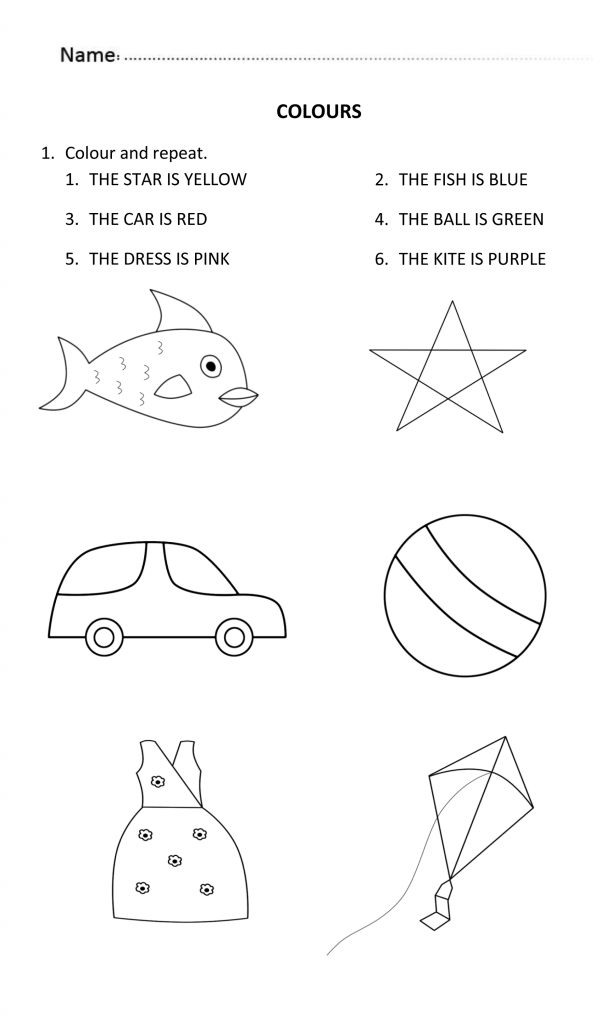 It's quite normal. The child can play with anything. The main thing that parents should take care of is safety.
It's quite normal. The child can play with anything. The main thing that parents should take care of is safety.
Developing motor skills of hands
Great attention should be paid to the development of motor skills of children's hands. Classes with 3-year-old children accelerate mental thinking and speech development. The child becomes
more attentive and assiduous.
You should start with your baby by studying the hand. The child must know how many fingers are on it, what is the name of each individual finger. To do this, parents can draw a small poster on which the palm will be depicted. Each finger can be painted in its own color. So the child will be able to remember the names much faster.
Perfectly develop the motor skills of children's hands with special simulators that you can make yourself. It can be a small cardboard sheathed with cloth. Laces and several types of fasteners should be placed on it. Fastening buttons and buttons, tying knots, the baby will develop his fingers.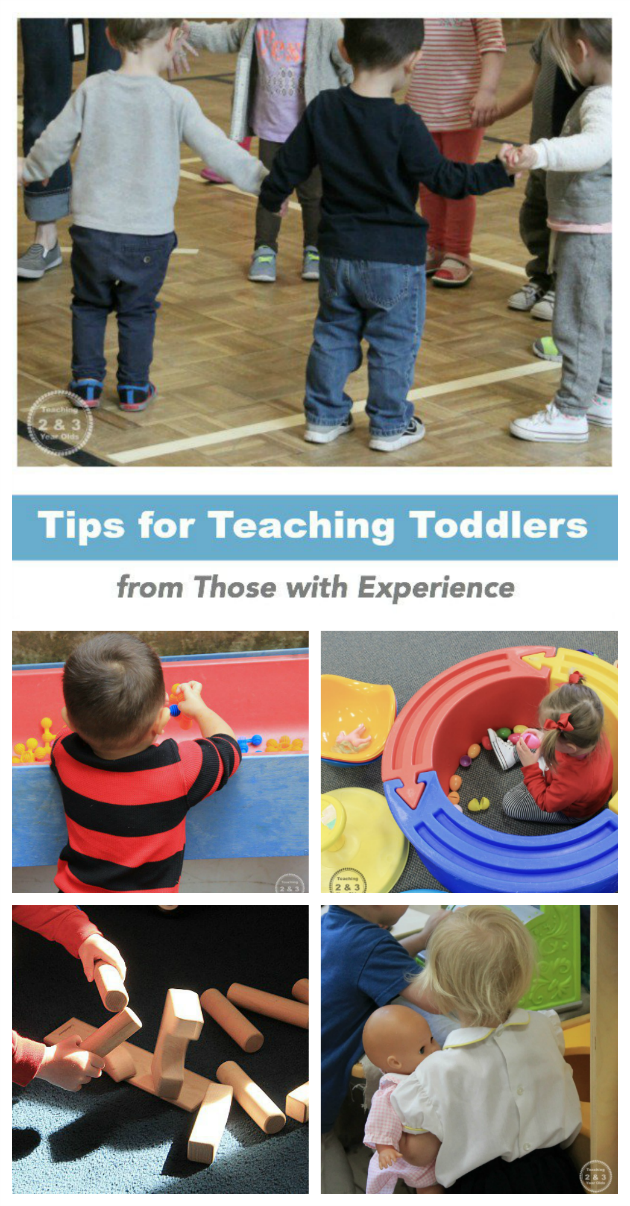
From the age of three, you can start preparing your child for writing. For this, special prescriptions for the smallest are on sale. Classes should start with the simplest tasks. Let the child circle the circles and put the sticks. Such lessons will help him quickly learn how to hold the pen correctly.
Fantasizing and drawing
Drawing promotes the development of imagination in babies and also perfectly develops finger motor skills
. After all, in order to get a beautiful picture, you need to properly hold a brush and pencils in your hands. three years must include drawing lessons.
Start with the simplest. The child must learn to draw objects of the correct form - a circle, a square, a line. Together with the baby, you can draw a clearing, the sun, a house. It is better to create the first drawings together so that the baby can remember the technique.
Developing activities for 3-year-old children using finger paints are quite popular.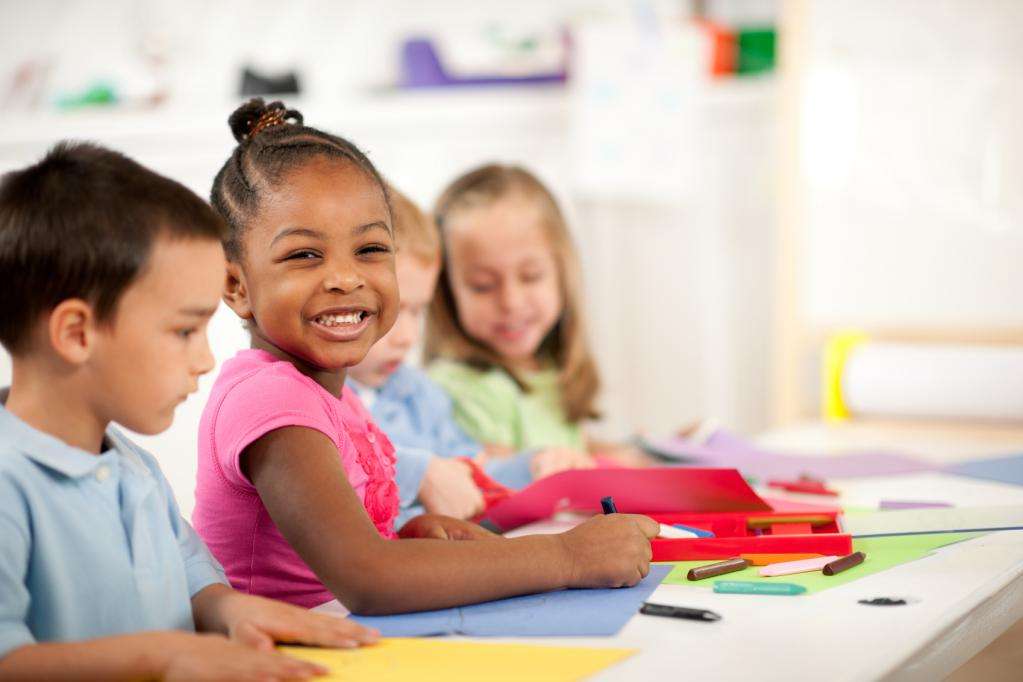 For the lesson, it is better to use a large drawing paper. On a huge sheet, the kid will be able to fully express his imagination. are absolutely safe for children's health. They can be used from an early age. It does not matter if the child wants to taste the color they like.
For the lesson, it is better to use a large drawing paper. On a huge sheet, the kid will be able to fully express his imagination. are absolutely safe for children's health. They can be used from an early age. It does not matter if the child wants to taste the color they like.
Learning letters
mental development, and also contributes to the expansion of horizons. But before a baby can read, he must master the alphabet. The first developmental activities for children 3 years old at home should start with simple reading aloud. To do this, you need to choose a large colorful book with fairy tales. The child should not only perceive information by ear, but also see the pages.
The child has to deal with letters every day. You can purchase special puzzles with the image of the alphabet. You should also not hide books from the child, fearing that he will spoil them. Part of the literature, of course, will suffer. But seeing the text every day, the child will be able to learn to read much faster.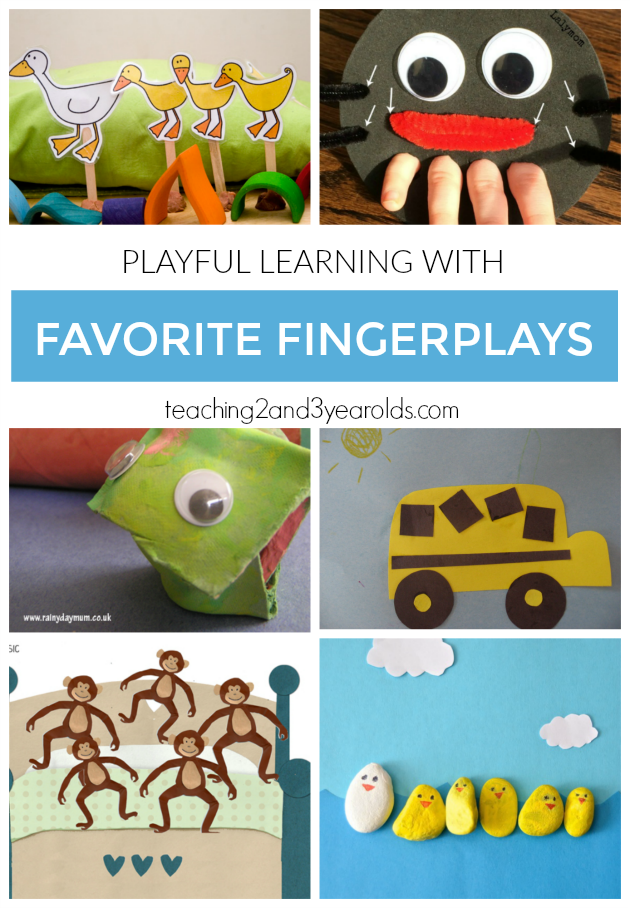
Helps you learn the alphabet faster with a large bright poster with letters. It should be hung in the most prominent place in the children's room.
Learning English with a three year old
There is an opinion that at an early age, kids lend themselves to learning foreign languages to the greatest extent. In any case, developing activities for children of 3 years old, involving the study of English, will not be superfluous. In this case, the child will be able to perceive other foreign languages much better already at school age.
Activities for children aged 2-3 should not be intrusive. You can start the process by watching cartoons in a foreign language. Moreover, at an early age, the baby is of little interest in what language the characters speak. Reading bright books in English will also benefit.
You can also learn a foreign language while walking. Mom can tell the child in a foreign language what she sees around her. It is better to start with the simplest words.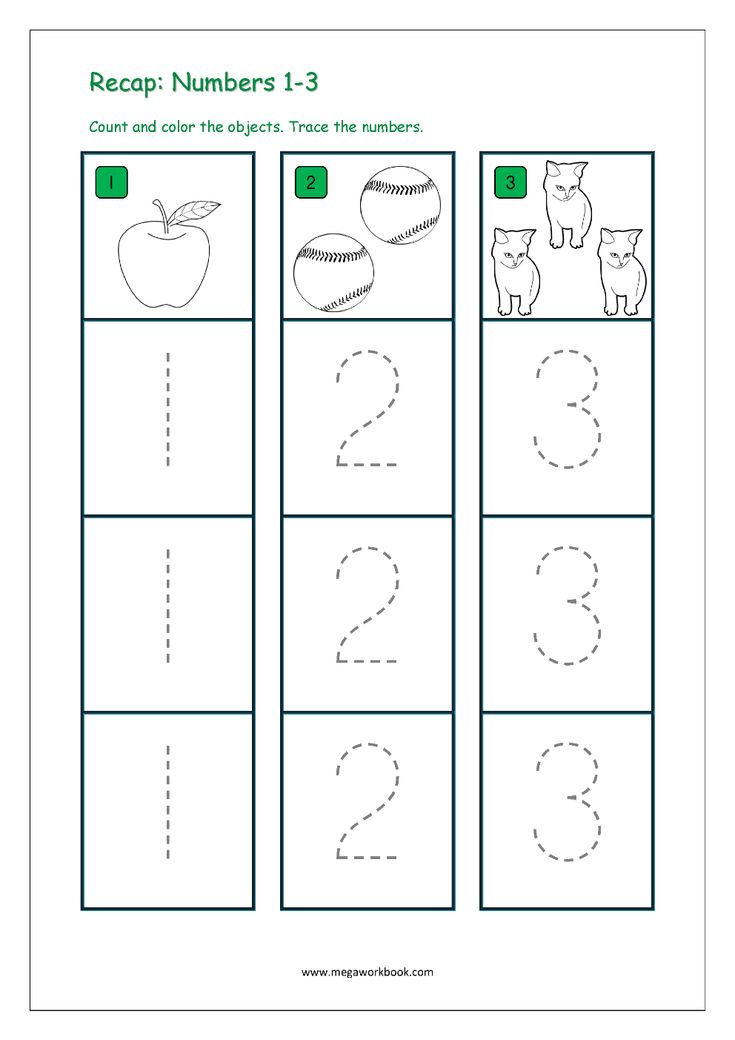
Today there are many special cartoons that are designed specifically for learning a foreign language with a small child. The animated series "Dasha the Traveler" is very popular. A little girl in a fairly simple way teaches kids simple words.
Physical activity with baby
The physical development of a preschool child is of great importance.
Parents should gradually prepare the baby for more serious stress in the future. The first thing that relatives should organize for the child is morning exercises. Just a few minutes in the morning can be given to simple exercises. Classes for children 3-4 years old should be carried out before breakfast.
Do not neglect a daily walk in the fresh air. You can take a ball or a kite with you. Developing activities for children 3 years old can be carried out in the park or in your own yard. Outdoors, you can also do reading, learning English or the natural environment. The main thing is that the walk does not tire the child and arouses great interest in him.
The early development of three-year-olds is the basis on which the further experience and skills acquired by the baby at an older age are superimposed. It is extremely important to provide him with knowledge and skills for the formation of a personality during this period. We offer such funds in the children's club "CHILDHOOD".
Our activities
The club's teachers take a comprehensive approach to the development of the child:
- The development of a child's speech at 3 years old, the basics of phonetics and reading: we introduce the crumbs to the correct pronunciation and letters.
- Basics of logical thinking: we teach children to compare, compare objects and phenomena, draw conclusions.
- Mathematical developmental activities for children from 3 years old: in the form of a game, kids gradually learn to count to 10, to distinguish between simple geometric shapes.
- The world around: teachers unobtrusively tell the essence of natural phenomena and their relationship.
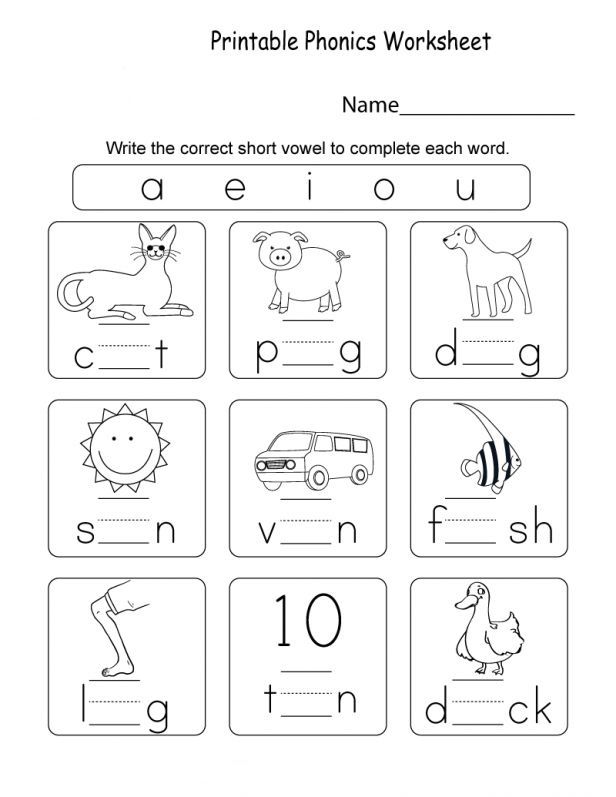
- Creativity: we help kids to open up and show their creativity in modeling, drawing, dancing or music.
Classes for the development of a child at the age of three are held in the form of a game. Teachers build a plot based on a fairy tale or story to include children in a cognitive game.
Activities for children 3 years old in the club "Childhood"
You can choose both individual circles and complex classes "Clever and clever", which take place 2 times a week in small groups for children from 3 years old. They include diverse activities for the development of all major areas for young children: fine motor skills, intelligence, speech, psychological processes, prepare for writing and studying basic mathematical principles.
Tuition fees
We are interested
Children come to us with a smile thanks to:
- Rich experience and professionalism of teachers who are able to find an approach to each kid.
- An interesting pastime, meeting new friends.
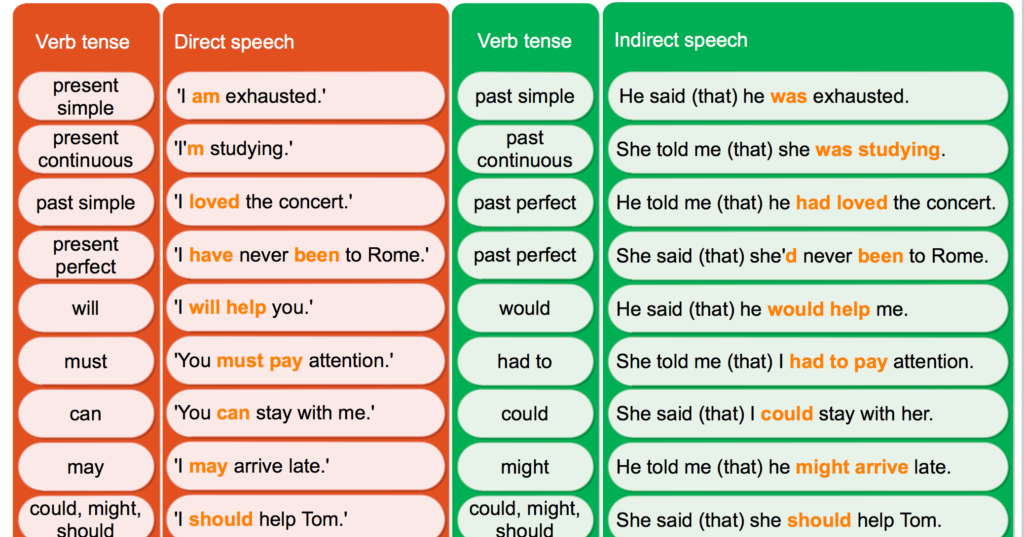 We understand that the main interest of children at the age of 3 is the game, so we create a fun atmosphere during classes.
We understand that the main interest of children at the age of 3 is the game, so we create a fun atmosphere during classes. - Comfort and safety. We create a cozy home environment where the child feels relaxed.
If you want to sign up for a free trial lesson, please contact the club's specialists by phone numbers listed on the website or through the feedback form.
Teachers
Ilyina Olga
(Drawing teacher)
Education:
- ChSPU named after I.Ya. Yakovleva Artistic and graphic faculty. Specialty: teacher of fine arts (2005)
- Add. education: Design Studio "Three Oranges" (2006) Programs: AdobePhotoshop, AdobeIllustrator, QuarkXPress.
Achievements:
- 2005-2006 Teacher of fine arts, MHK, drawing "Academy of Language in Yasenevo".
- Extra classes: batik, floristry, design.
- Since 2008 Outdoor advertising and print design designer.
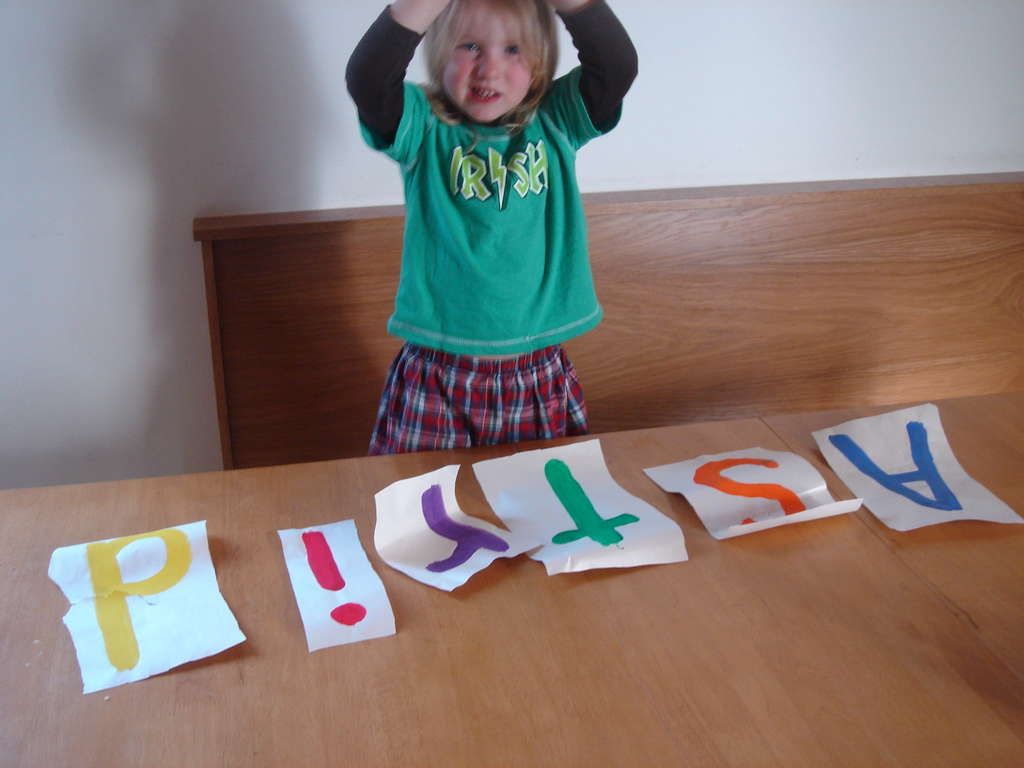 Professional photographer (all types of shooting).
Professional photographer (all types of shooting). - Knowledge of programs: AdobePhotoshop, CorelDRAW, AdobeLightroom, ProShow Producer.
- Also conducts Sand Therapy classes with children and participates in Sand Show performances. 9009eight
As a rule, at a fairly young age, the child begins to express his desire to express the impressions that he receives in the process of growing up. He does it in different ways: voice, movements, actions. At a certain point, it is necessary to give the baby the opportunity to express himself more diversely: give him pencils and paper, plasticine or a designer, teach him how to use it. The result of a child's creative activity is an excellent means of monitoring and enriching his inner world. It is necessary in every possible way to encourage children's creativity in the form in which it is most acceptable to the baby.
Fun game "Barbershop"
Purpose of the game: whether your kid is learning to cut or is already a virtuoso with scissors, in any case, offer him a similar game: for beginners - learning to play is more fun, and for "advanced" - this is a new fun experiment !
You will need:
- - A4 paper sheets
- - colored paper
- - glue stick
How to make :
Fold A4 sheet in half (if done in one layer, the paper will be strongly bent due to the weight of the hair). Draw the person's face and cut it out. Cut out hair, mustache, beard from colored paper and glue to the templates. Glue both halves of the paper (the ends of the hair will remain inside) and you can get down to business.
Draw the person's face and cut it out. Cut out hair, mustache, beard from colored paper and glue to the templates. Glue both halves of the paper (the ends of the hair will remain inside) and you can get down to business.
This lesson can be made more difficult, for example, to make templates together with the child, or the child can make templates himself with the support and prompts of an adult.
The game "Barbershop" develops fine motor skills, attention, perseverance, imagination.
Be sure to try this funny cutter too!
Modeling from plasticine
All parents try to spend their leisure time with their children with benefit. No one will argue how useful modeling is for children. The very first material that children work with is, of course, plasticine. Small animals and plasticine insects are the first thing children learn to sculpt.
Modeling with children develops fine motor skills, develops imagination, helps to learn shapes, remember colors, develops imaginative thinking, brings up accuracy, accuracy and independence.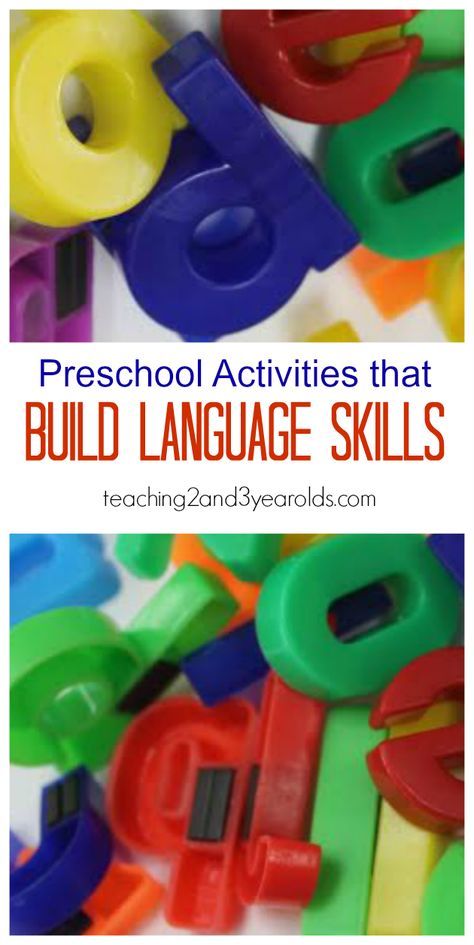
Speaking of modeling for the little ones, you need to think through all the details, look at the process through the eyes of your children. And let's start with the simplest one. Drawing lessons
0161
Step by step pencil drawing lessons are lessons that will help you master the technique of drawing, regardless of ability or age. Drawing is really easy!
Just think how happy your little one will be when you tell her that from today we are learning to draw with a pencil! Why pencil? You have to start simple. And the easiest way to start is with light pencil drawings. Gradually, you will comprehend more and more complex skills. And, in the end, you can move on to working with paints. Drawing for children will become a favorite pastime, gradually introduce the kids into the wonderful world of vivid images and favorite characters.
Drawing classes with kids are very good at developing imagination, imaginative thinking, fostering a sense of beauty, independence, accuracy, helping to understand the nature of surrounding objects, and developing fine motor skills.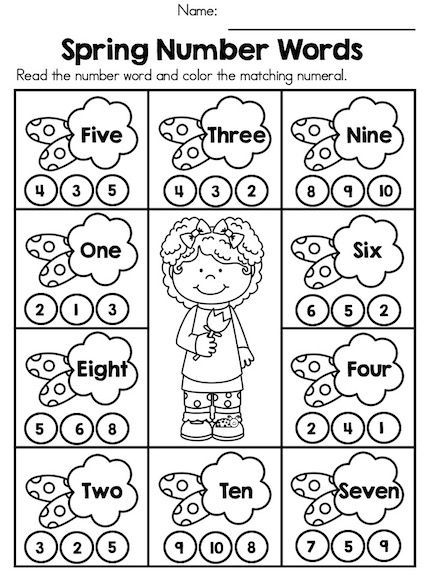 Dough
Dough
Dough can be used instead of plasticine - a wonderful material for modeling! It wrinkles easily, gets less dirty, and there will be nothing to worry about if a child accidentally swallows a piece. A thin, rolled-out layer of dough can be used as the basis for a picture from any material at hand - buttons, acorns, matches, cereals, ropes, threads, wire, seeds, twigs, etc. Kneading the dough is an exciting activity for the baby while mom is in the kitchen.
Plastic bottle.
You can make a toy for developing fine motor skills to keep little ones entertained. Take an empty 5-liter plastic bottle with a wide mouth, and caps from plastic bottles from lemonade or mineral water. The child will be happy to first get the lids, and then put them back. Children enjoy playing this game, and then you can still lay out the covers by color in piles.
Let's play pasta (from 2 years old)
Let's prepare pasta so that they are not small (spirals, bows, shells, etc.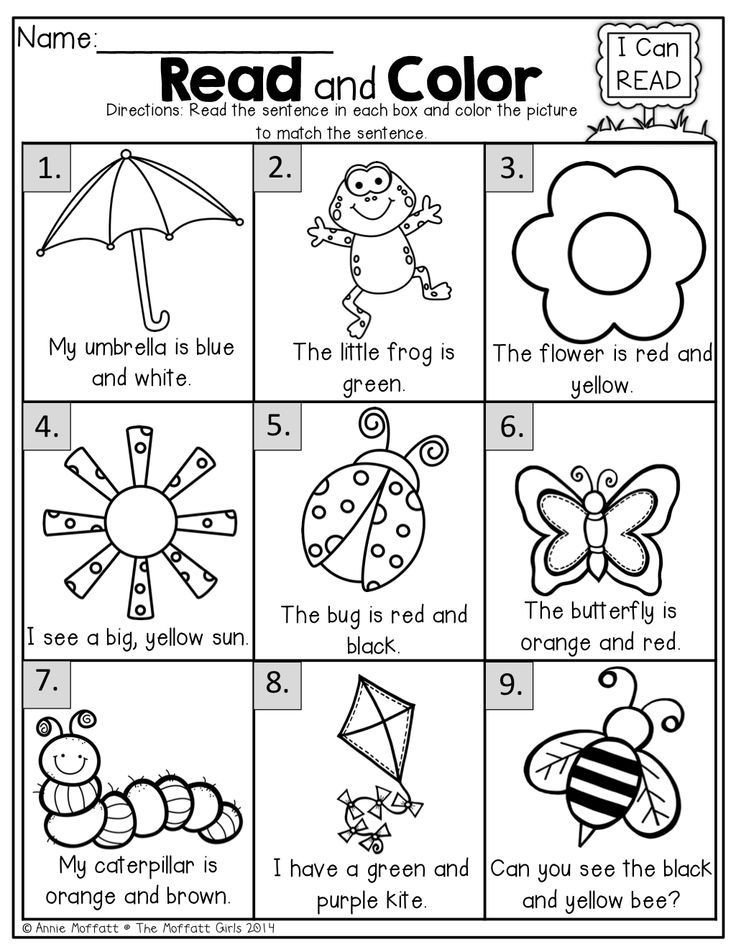 ) It is better to buy specially multi-colored ones for the game, mix them in a plastic bowl. Seat the dolls, put them on plates from children's dishes and spread out their porridge for each doll. You can put it on the stove to cook, stir thoroughly. And the boys can be laid out in several small cars - trucks and let them take building materials (logs, pipes, etc.) to the construction site. You can come up with different plot games. Play under adult supervision. Author L.Isakova.
) It is better to buy specially multi-colored ones for the game, mix them in a plastic bowl. Seat the dolls, put them on plates from children's dishes and spread out their porridge for each doll. You can put it on the stove to cook, stir thoroughly. And the boys can be laid out in several small cars - trucks and let them take building materials (logs, pipes, etc.) to the construction site. You can come up with different plot games. Play under adult supervision. Author L.Isakova.
Puppet theater
Can be arranged with a child by taking unpainted wooden spoons for him. We color in those heroes that we need, put on clothes with an elastic band. Dolls are ready! And for the wooden hidden handle it is very convenient to hold even the smallest.
Laces
Give your child a pair of thick colored cardboard and a hole punch. Have your child make lots of holes on the cardboard with a hole punch. When the work is completed, hand the lace to the baby. Having fixed it in one of the holes with a knot, ask to create patterns. It is similar to educational games called “lacing”, but the canvas is completely made by the child himself! And because the game will be perceived in a completely different way. You can create patterns in different ways, using multi-colored laces, why not try to “draw” familiar and unfamiliar images and figures with a lace. Author L.Isakova.
Having fixed it in one of the holes with a knot, ask to create patterns. It is similar to educational games called “lacing”, but the canvas is completely made by the child himself! And because the game will be perceived in a completely different way. You can create patterns in different ways, using multi-colored laces, why not try to “draw” familiar and unfamiliar images and figures with a lace. Author L.Isakova.
Jars, bottles, tubes, vials
One of the favorite "toys" for children. Often parents are afraid to give them to their children - you never know they will break, get hurt. But a small glass jar, for example, from under baby food, is very difficult to break. It is much more interesting to put everything in transparent jars - you can see everything. Small jars can be used to teach a child to pour cereals, pour liquids. It is better to pour with a small child in the bath, otherwise everything around will be flooded with water.
It is a great pleasure for a child to unscrew and tighten the covers.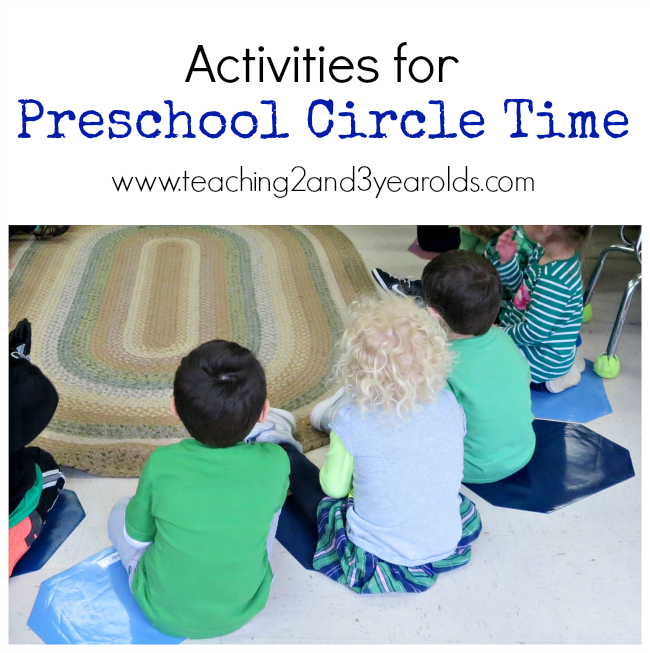 Give a one-year-old baby a cleanly washed tube of cream, and you will take it for 30 minutes. You can pour cereals (buckwheat, peas, millet) or seeds, or small nuts into a jar. Get a great rattle!
Give a one-year-old baby a cleanly washed tube of cream, and you will take it for 30 minutes. You can pour cereals (buckwheat, peas, millet) or seeds, or small nuts into a jar. Get a great rattle!
Magic bag
Take your old bag, put jars of old creams, powders, and lipsticks (washed), empty boxes, large buttons, pens without rods, an old phone, a TV remote control, a notepad, a pencil and other nonsense (not sharp , not dirty and not dangerous for the baby). You can put it in inner pockets and close the clasps and let the child be torn to pieces. Children don't bother with toys as much as they do with these "treasures". And if you are not too lazy to put all sorts of little things into empty boxes, you will have a lot of free time, and the baby will get great entertainment. A small person is only interested in "adult" things! Author L.Isakova.
Kinder surprise toys.
Pour grits into a box, hide toys from Kinder Surprise inside. The child is watching. Then offer to find them. The kid gladly rakes the cereal and finds hidden toys. This game is played only under the supervision of an adult!
The child is watching. Then offer to find them. The kid gladly rakes the cereal and finds hidden toys. This game is played only under the supervision of an adult!
Pompons, balls
Pompoms are great little balls! If you come off the hat - do not rush to throw it away. You can come up with a lot of exciting things with them. You can use it just like a ball - throwing, catching, crushing such a pleasure. You can play "cups" with him. We take several identical cups with one, cover the pompom and swap the cups. And the kid is trying to find. You can roll from a smooth sloping surface, learn color and count from them. Interested in a ball - great! Let him twist it, twirl it, wind it, pull the thread. Try to roll a ball together. You can also use failed technical devices (ordinary and cellular phones, calculators) in a children's game. Kids like real objects much more than toys.
Large staples
Place a box of very large colored paper clips on a piece of white paper. It turns out that you can create various silhouettes from them and circle them. And you can also connect a long chain to carry a car, or connect several cars, beads for mom or grandmother. The course is very long and exciting. The older the child, the smaller the staples. My daughter enjoyed playing with them! Try it yourself, and then offer it to your little creator. Author L.Isakova.
It turns out that you can create various silhouettes from them and circle them. And you can also connect a long chain to carry a car, or connect several cars, beads for mom or grandmother. The course is very long and exciting. The older the child, the smaller the staples. My daughter enjoyed playing with them! Try it yourself, and then offer it to your little creator. Author L.Isakova.
Kinder surprise containers
For the smallest, from 4 months old: pour different cereals into containers from under the kinder: peas, rice, buckwheat, semolina, pasta, rattles with different sounds are obtained. So that the baby does not scatter and put the cereal somewhere, you can use polyethylene for Easter eggs. You also cut it off, put it on, put it in boiling water. Ready! Beautiful, attractive, safe!!!
Zippers, laces, drawstrings, ropes, fasteners
We often buy developing toys, laces, tablets, which consist of all kinds of zippers, clasps, ties, especially for training fine motor skills. But why buy if there are buckles on every belt and shoes, on shoes - laces, on clothes - buttons, hooks and zippers, buttons .. Show the purpose of these items on real clothes. In any house there is an old, broken clothes and shoes that can be cleaned and given to the kids for games. Show your baby how to weave braids from ribbons, laces and ropes, how to fasten buckles.
But why buy if there are buckles on every belt and shoes, on shoes - laces, on clothes - buttons, hooks and zippers, buttons .. Show the purpose of these items on real clothes. In any house there is an old, broken clothes and shoes that can be cleaned and given to the kids for games. Show your baby how to weave braids from ribbons, laces and ropes, how to fasten buckles.
Towels, sheets, cloths, bags
We train tactile perception. It is very useful for their kids to knead and feel. And even bite. After all, towels and rags from different fabrics can have a completely different structure. Very young ones can play peek-a-boo or hide-and-seek, crumple, feel and gnaw on fabrics of various textures. From a towel or diaper, you can make an improvised bag, a cape, under which we put various objects, and the child tries to recognize them by touch. You can make houses out of sheets and towels, even hammocks and swings for dolls. Here, kids can learn to knit knots and design themselves.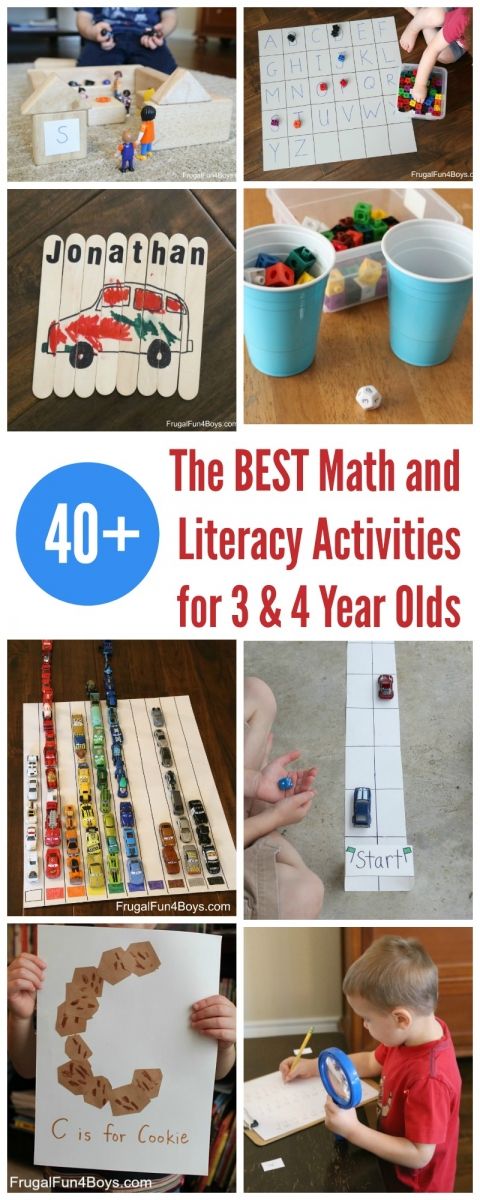
Cereals, salt
Ordinary groats hide a huge amount of opportunities for the development of fine motor skills Fine groats and salt can be used for finger painting. To do this, pour the cereal on a tray in an even layer. Draw yourself first. The main thing is to interest, captivate the baby. Run your finger across the croup. A bright contrast line will learn. Then take the child's finger. Let the kid himself draw a few chaotic lines. When the child gets comfortable, you can move on to drawing patterns. Mom draws first, then the baby tries. You can draw anything you like: chaotic lines, houses, circles, fences, clouds, spirals, faces. You can study shapes, letters and numbers. It is best to do drawing in the kitchen and plant the baby so that he does not spill the tray of cereals into hard-to-reach places where the vacuum cleaner does not get in. Large cereals (buckwheat, peas, beans) can be used to lay out pictures, just like from matches , buttons and cotton swabs.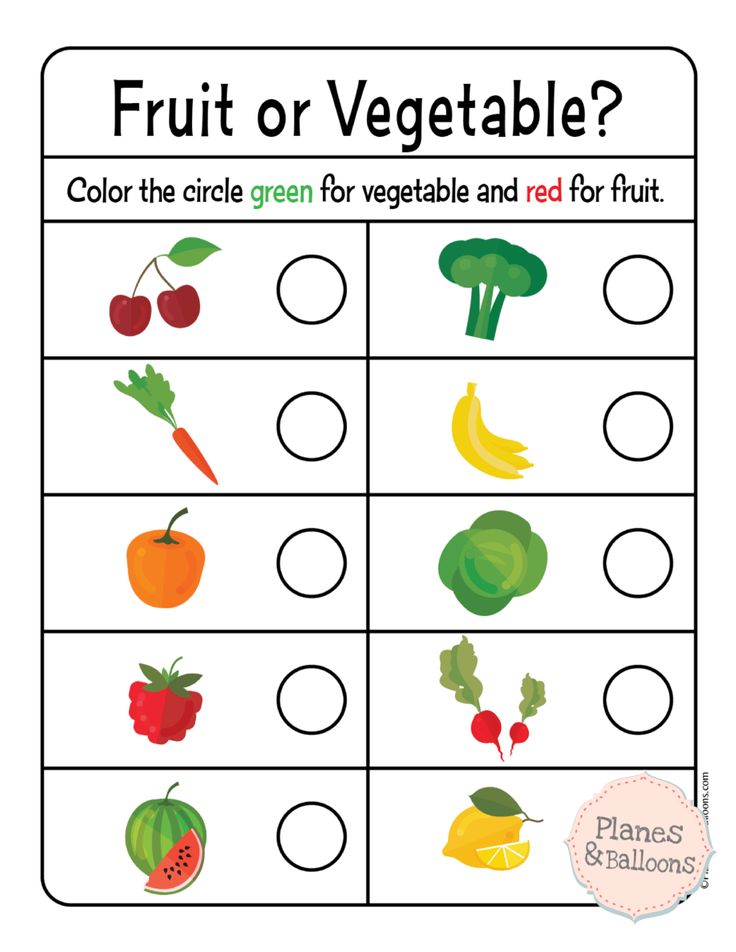 Accordingly, it is also suitable for applications. It is most interesting to pour the cereal in a transparent bowl.
Accordingly, it is also suitable for applications. It is most interesting to pour the cereal in a transparent bowl.
Children love to explore the world and need attention every minute. But what if mom is busy with household chores, and dad is at work? What to do with a 3 year old? After all, classes should be useful and develop memory, attention, motor skills.
“No” to watching cartoons for a long time
Dr. Komarovsky said in one of his interviews: “A tablet will not teach a child to jump, run, fight or fall. It will only create the illusion of these skills.”
Indeed, every year gadgets confidently turn into the worst enemies. Children spend hours in front of a TV or computer, watching cartoons and various "useful" programs. What does this lead to? Vision deteriorates, there are no communication skills with peers, logic, attention and memory do not develop.
Natalia, Veronika's mother, 3.5 years old: “There were no deviations at the examination by an optometrist before going to kindergarten at 2. 5 years old. And on examination at 3.5 it turned out that his vision was deteriorating. The doctor forbade playing on the phone and tablet, and the TV only 15 minutes a day!”
5 years old. And on examination at 3.5 it turned out that his vision was deteriorating. The doctor forbade playing on the phone and tablet, and the TV only 15 minutes a day!”
What to do with a child at 3 years old at home?
The child constantly wants to do something, but the parents cannot entertain him every minute. It is often necessary to distract the baby with something to do urgent housework.
Correctly selected games will help, develop logical thinking, observation, fantasy and memory.
Activities that will benefit:
Finding the right toy
Ask to find 2 bunnies, a ball, a drum. It is highly likely that the baby will be carried away by viewing his treasures, and for some time he will entertain himself.
Toy Hide and Seek
Hide your favorite toy or treat around the house. Say: “Let's play pirates! Somewhere in the house a real treasure is buried - your favorite chocolates. Start looking in the bedroom, what if they are there?
Fine motor skills development
A 3-year-old child can help in the kitchen. Are you preparing something from the test? Give the baby a piece. Let him sculpt pies and make figurines of various animals. Such an activity perfectly develops speech, logical thinking.
Are you preparing something from the test? Give the baby a piece. Let him sculpt pies and make figurines of various animals. Such an activity perfectly develops speech, logical thinking.
Pour large pasta, beans, peas into a deep saucepan, mix. Say, “I want to make pasta for dinner, but I have everything mixed up in one pile. Pick out just pasta for me and put it on this plate.” Working in the kitchen can be turned into a fun game, you just need to show a little imagination.
Household help
Do you iron clothes? Ask your son or daughter to neatly fold their belongings or choose your tights, underwear, sweater from a mountain of linen. A three-year-old child can easily wipe dust off surfaces, sweep large rubbish from the floor - really help clean the house.
Role play
Say that your favorite toy is sick. Let her put her to bed, treat her (for example, make cold compresses). Depending on the nature and preferences of the baby, you can offer him to do a doll's hair, fix a car, cook dinner for the animals.
Football Safety
Balloon is a great soccer ball, but not as heavy and safe for cupboards and glass. Let the baby happily kick it at the gate, which can be a doorway.
Dance
Turn on the music, give your baby a scarf or headband. Let dance!
"Cave"
Cover an ordinary table with a blanket, place toys and pillows under the table. The child will want to spend more than one minute in his shelter!
Irina, mother of 3-year-old Sasha: “Sasha has a toy tent, but his favorite game is when I cover the clothes dryer with a blanket and give him toys and a flashlight. He sits there for at least half an hour, playing.
We make handicrafts
You can make real masterpieces from improvised means. The child will be interested in creating, and the mother will be able to calmly go about her business.
“Gift”
Cover an ordinary glass (glass, glass or plastic bottle) with a thin layer of PVA glue and invite the little artist to make a gift to his father (grandmother, sister).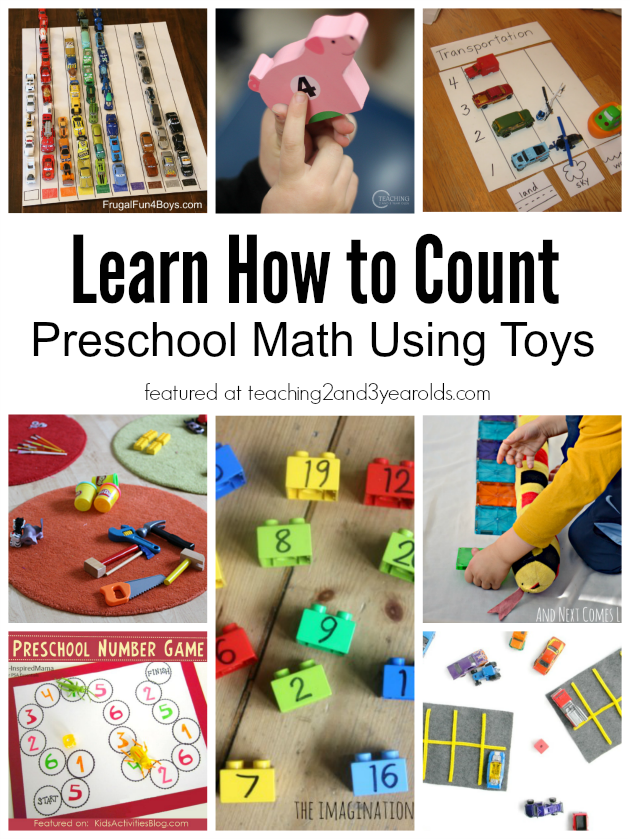 Put some rice, buckwheat, coffee beans, peas nearby, and show how to make a beautiful vase, for example.
Put some rice, buckwheat, coffee beans, peas nearby, and show how to make a beautiful vase, for example.
Cut out
Give your child an unwanted magazine and special rounded scissors to cut out cars or dresses they like. And then together you will make a collage of these images and present them to your dad or grandmother.
Applications
Prepare colored paper, scissors, glue, cardboard. Let the child cut out figures from colored paper, make applications.
Plasticine modeling
Plasticine is an irreplaceable helper. Just give it to your baby. He will tear off a piece, cut it with a knife, sculpt it.
Kinetic sand
Playing with kinetic or live sand can keep a 3 year old child busy for a very long time. Such sand is specially designed for use at home: it does not get dirty and crumbles. And the benefits for the development of fine motor skills and imagination are enormous.
What to do with a 3 year old child on the street?
Salki
This is a beautiful old game. Ideally, of course, if the child has a running partner, but you can play alone. Invite the baby to run first to a large stone, then to a fence (tree, puddle, cat).
Ideally, of course, if the child has a running partner, but you can play alone. Invite the baby to run first to a large stone, then to a fence (tree, puddle, cat).
Sandbox
Outdoor sandbox is a real life saver for parents. Give your child different shapes (such as empty plastic jars) and have them make Easter cakes, build a castle or a road.
Ball game
The ball is another reliable companion for active outdoor play. Why not play football, Knockout?
Collection
Make a unique collection with your own hands. Let your child collect fallen leaves, branches, stones, and put these riches in a box or bag.
Looking at the clouds
If the weather allows, you can sit on a bench near the house and look at the clouds. Explain what they are and why they appear. Ask what this or that cloud looks like, compose an interesting story, for example, “Where do the clouds go?”. This game is great for developing the imagination!
"Who walks like that?"
Let the child demonstrate how an airplane flies, a hare jumps, a clumsy bear walks.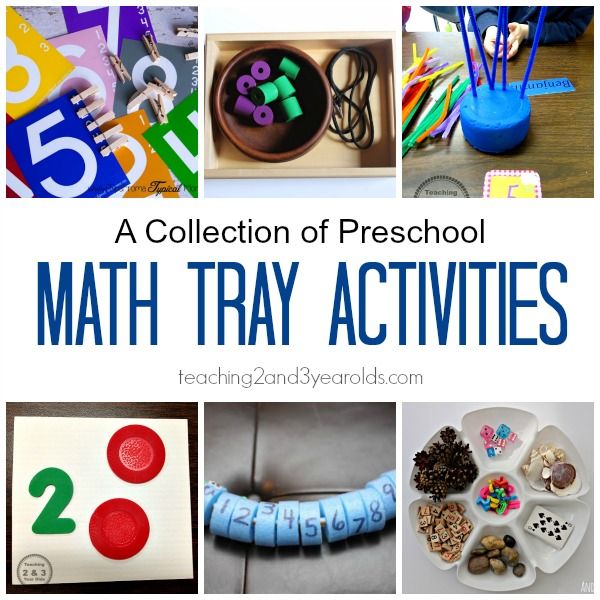
What to do with a child at the age of 3 in the country?
The main condition for a useful pastime in the country is not to be locked up, but to walk in the fresh air.
Trough or inflatable pool
It's a safe bet. Is the weather sunny and warm? Pour water, and let the child splash at least until the evening.
Watering
Give your child a small watering can and a bucket of water next to it. Let him help by watering the plants.
Kite
If the weather is windy enough and there are no tall trees nearby, fly a kite.
Drawing with chalk
If the country house has asphalt or paved paths in the garden, let the child draw with chalk on the asphalt. And then wash off the creativity together with a watering can.
Painting outdoors
Spread an old white tablecloth or wallpaper on the ground and announce "Creativity Day Without Borders!". Give your child paints, felt-tip pens, pens. It is desirable that the child has a minimum of clothing, so that it is easier to wash it later.
Paper boats
Make some paper boats and have your child float them in the water.
Painting the fence
Give your child a regular paint brush and a bucket of water. Today he has an important task - to paint the fence or all the trees on the site. Water will make the old paint brighter, but not for long.
Build a scarecrow
Take 2 thick sticks (this will be the body and arms), make a head out of a bag full of straw. Ask the young artist to draw eyes, mouth, hair.
Campfire
Why not build a fire, burn garden waste? A three-year-old child can collect branches for a fire.
Be sure to explain what fire is and what harm it can do. The child must remain in sight!
In the evening you can bake potatoes on the fire, listen to the sounds of nature and follow the stars.
Classes in kindergarten
Applications are made in kindergarten, fairy tales are read, role-playing games are played.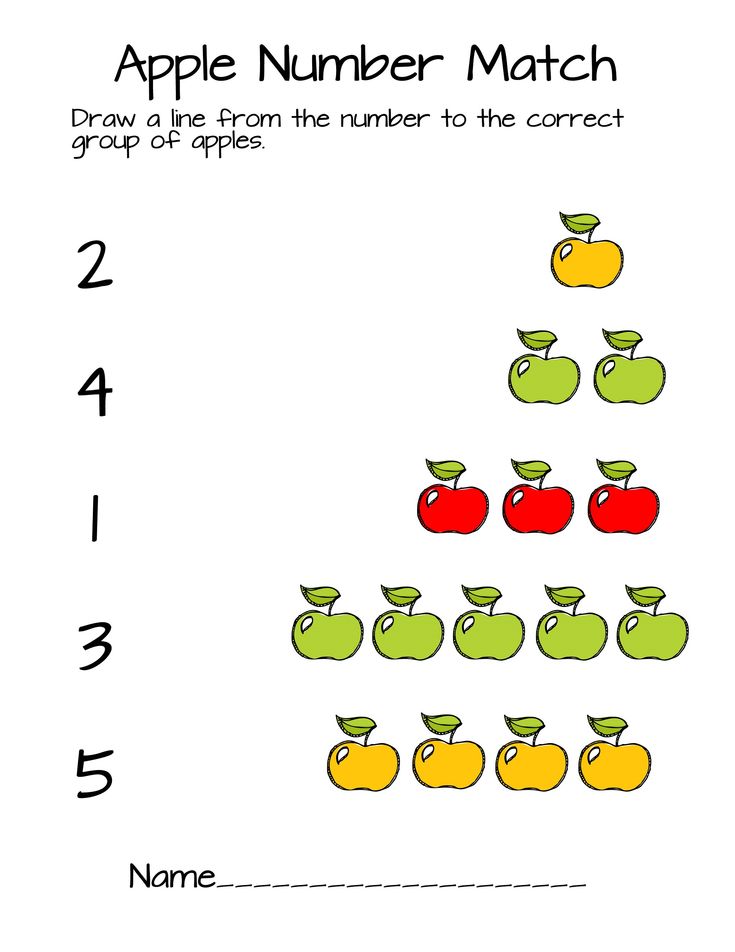 The teacher should have a dozen entertainments in the arsenal that will keep the children busy in the group and on the street. If the child has nothing to do, tears, screams, fights, taking away toys begin.
The teacher should have a dozen entertainments in the arsenal that will keep the children busy in the group and on the street. If the child has nothing to do, tears, screams, fights, taking away toys begin.
Ball games
Outdoor ball games perfectly develop coordination and dexterity. Let's play "Edible or inedible?"
Ground games
Children love to dig in the ground. Why not transplant flowers while walking? You can also look for bugs, worms, butterflies, along the way talking about the benefits of insects
“Catch if you can”
Three of the most dexterous kids make a circle with their hands and catch the rest of the guys with it.
"Catch, fish"
Children stand in a circle, in the center one leader with a thick rope in his hands. The leader's task is to try to touch the legs of other players. Children also jump up so that the rope does not touch them.
“Get in”
The teacher digs small holes in the ground, at a distance of about a meter from each other. The task of the children is to take turns throwing pebbles into the pits, trying to hit the target right.
The task of the children is to take turns throwing pebbles into the pits, trying to hit the target right.
"The sea worries once"
A fun and very useful game that develops attention. The host pronounces everyone's favorite rhyme, and after the word "Freeze" the rest of the players must portray something related to the sea, for example. It can be a seagull, a fish, an anchor, a ship. The host approaches each individual player, “turns on” him. He begins to show his figure, and the presenter tries to guess what it is.
Children in the car. What to do?
In life it often happens that you need to go on a long journey by car - a trip to the sea, to the country house, to visit. The child begins to get bored, act up, as soon as the car has traveled a kilometer. What to do? Play!
"Look out the window"
Who will find the red car, the green bush, the yellow roof faster? Did you see? Loudly pronounce "Yes!"
We simply look out the window and name the objects we see.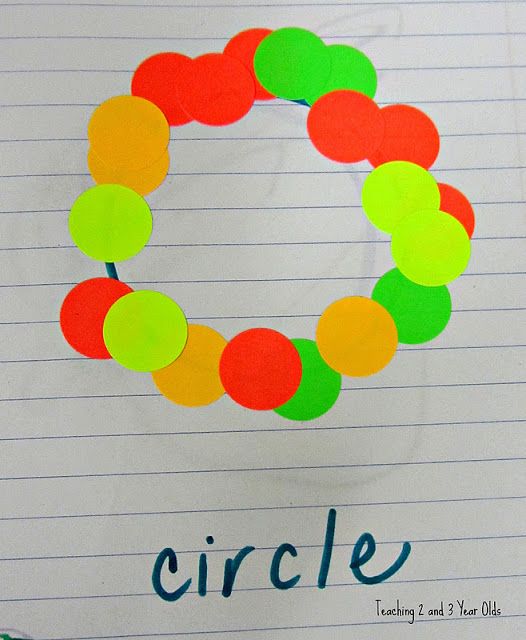
Let's count
Watching clouds
Say, “I see a cloud, it looks like a swan. What do you see?
Bag of surprises
Put various items in a regular bag in advance - buttons, toys, pencils. Ask the child to guess what is inside. You can give a hint: “There is something soft, red in this bag, you press it, it starts to make sounds.” A three-year-old child will quickly figure out that this is his chicken!
Word games
For example, you say: “This is Nastya”, the child continues “Nastya loves sweets”, etc. You can say anything, as long as the sentence is short.
Yes or no game
You state "The cat barks", "You have 4 legs", "Our car is blue", the child gives the answer: "Yes or no". A 3-year-old child will quickly understand the essence of the game and will begin to invent funny stories on his own.
Sing songs
Read poems by heart, tell stories, sing your favorite songs.
What can a child do on a train?
Is a 3-year-old child going to spend a few hours on a train? To make time fly by unnoticed, it is important to come up with exciting games in advance.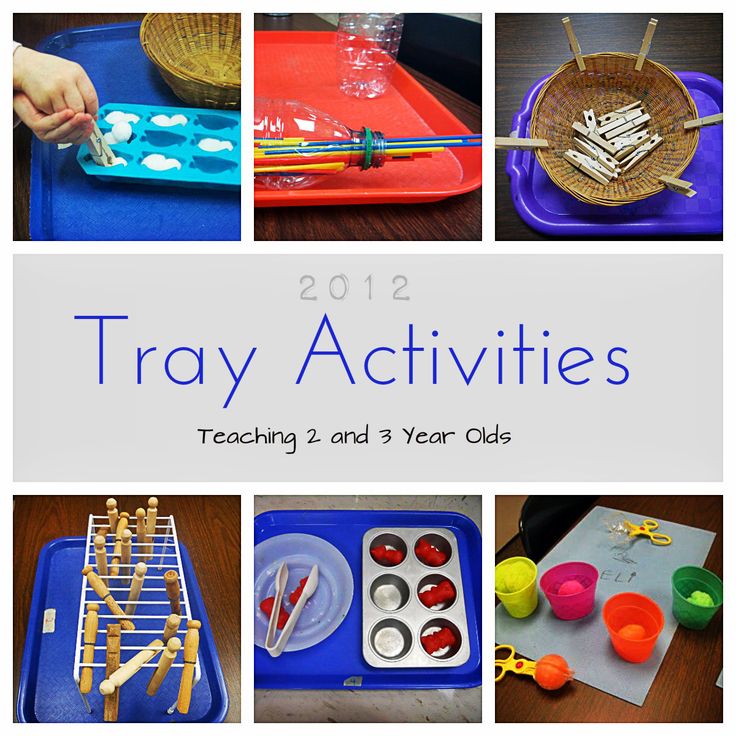
Playing with a mirror
Give your child a small mirror, let him catch sunbeams, make faces, do your tasks (close his right eye, stick out his tongue).
Drawing
Drawing books, coloring books, felt-tip pens, stickers, magnetic boards, coloring books can keep a 3-year-old child busy for a long time.
Magic bag
Before the trip, sew the most ordinary bag from an old sheet and fill it with treasures - ribbons, cheap jewelry, Velcro, laces, boxes. Let your child see what's inside.
Shadow theater
Do not forget a flashlight, arrange a shadow theater on the way. On sale there are special children's flashlights-projectors with interesting pictures.
Cleaning
Give your child a wet wipe and ask them to wipe the table, seats, doors.
Hide and Seek
Hide your baby's favorite toy and let him find it. Hide and seek is one of the most exciting games.
We are flying by plane!
The first seats in the side rows are ideal for flying with a 3 year old.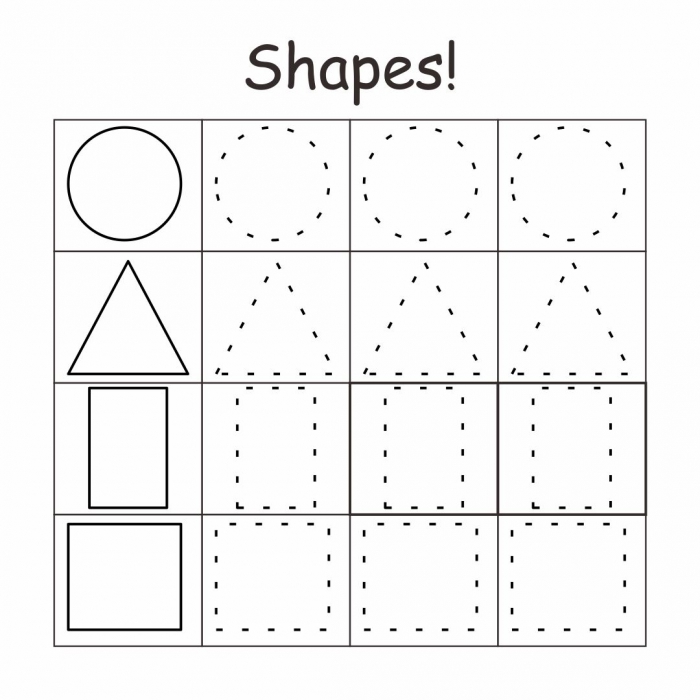 He will have more space, he will be able to get up, jump. What to do with a three-year-old child on an airplane?
He will have more space, he will be able to get up, jump. What to do with a three-year-old child on an airplane?
Carefully examine everything around, let me touch it, walk around the salon. It is important for the child to understand that the situation is calm, and nothing terrible will happen.
Get to know the cushion, seat, belt, porthole.
Opening and putting the table in its place is happiness for every three-year-old. Just make sure he doesn't pinch his finger.
Puzzles
Purchase magnetic puzzles in advance. They are specially designed for such a trip, and will not get lost in the cabin of the aircraft.
Travel games
There are many special travel games on sale now. It is not recommended to use them in the car, and the eyes will not get tired on the plane. The set includes cards with tasks for the development of logical and creative thinking.
Finger games
Finger games, nursery rhymes (“The magpie-crow cooked porridge” or “The horned goat is coming”) soothe, cheer up.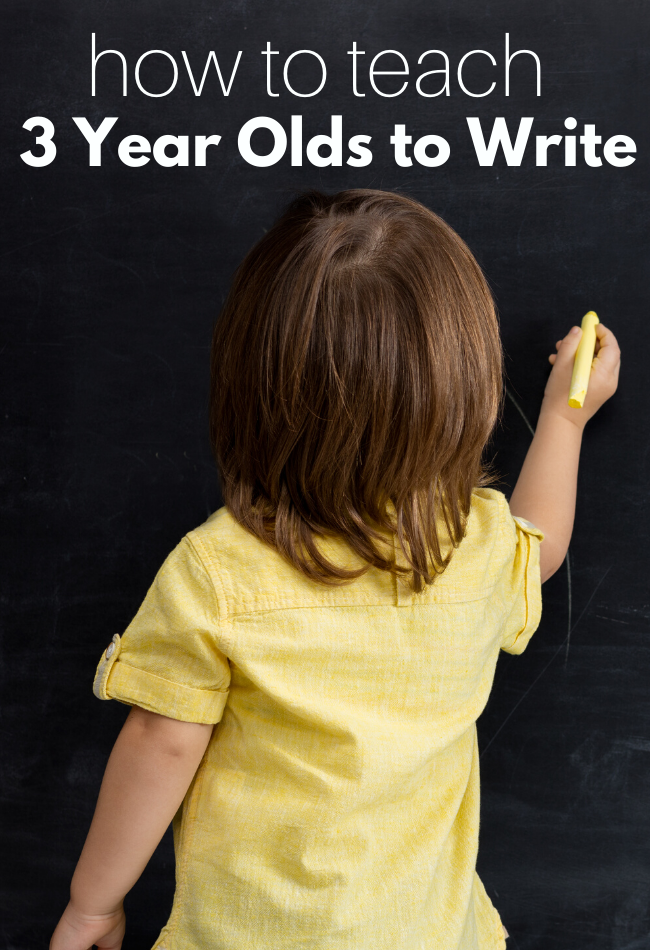
New toy
It's a safe bet. A constructor, a puzzle, a book with bright pictures can occupy a fidget for a long time.
Ripping newspapers
Stock up on newspapers or old magazines and a large bag. It will be interesting to tear or crumple them, and put them in an impromptu bag.
The calendar age does not always correspond to the psychological development of the child. If the kid does not know how to hold felt-tip pens in his hand, eats plasticine or scatters cereals in the kitchen, perhaps these games are still within his power. He will certainly master them, but only a little later.
It is also worth making sure that while traveling by car, the baby does not interfere with the driver (for example, when playing with the same flashlight), and on the train and plane - the rest of the passengers.
Read more:
Related video
Teaching children 3-5 years old to read
Home » Blog
Blog
Parents often wonder when it's time to teach their child to read.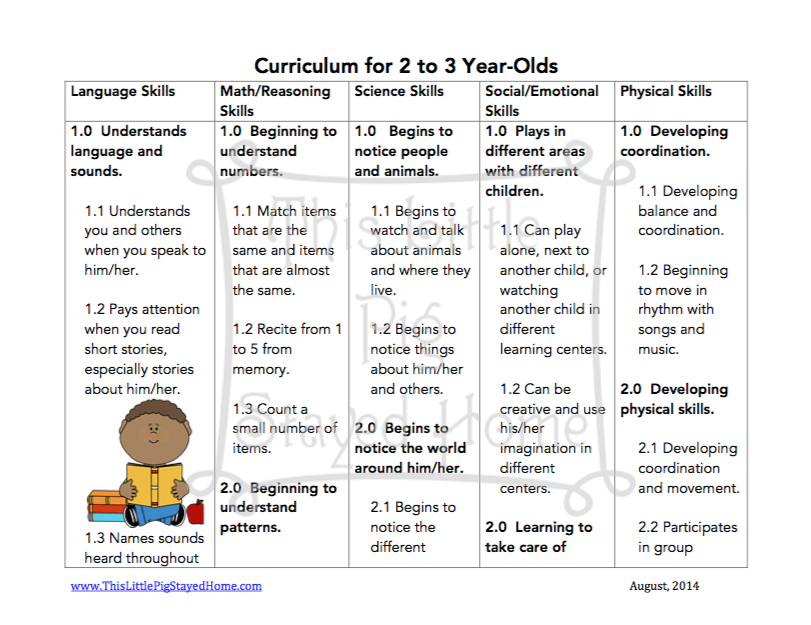 At the age of 3-5 years, some children are already familiar with all the letters, while others are just ready to learn them. But before the age of five, a child has a significant desire to read. At that time, he drew all the ads on the doors of stores, signs, names on cookies or juice. Everything, you can hear the question “What does this say? That's when learning to read for 3-5 year olds can become really productive.
At the age of 3-5 years, some children are already familiar with all the letters, while others are just ready to learn them. But before the age of five, a child has a significant desire to read. At that time, he drew all the ads on the doors of stores, signs, names on cookies or juice. Everything, you can hear the question “What does this say? That's when learning to read for 3-5 year olds can become really productive.
We offer an interesting course of development in the field of teaching, reading to young children. The course lasts 10 months and is based on the principle that reading should be fun and interesting. At this age, children are more motivated by things that resemble fun. Songs, poems, cartoons and visual aids are very helpful in keeping children's concentration of the lesson. Only by playing the child can master the concept of vowels and consonants, to learn that one letter can have several sounds, and the sound can be soft or difficult. This technique does not rely only on the reading of children aged 3-5 years, but also on the general development of the child's eyes into the world:
- Development of imagination, attention and logical thinking.
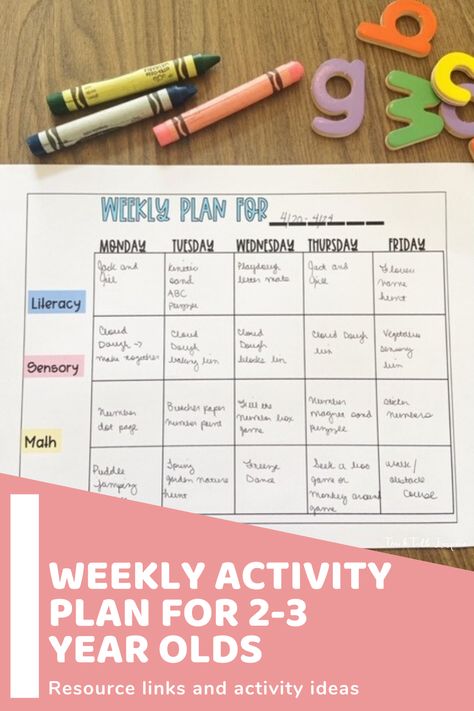
- Speech formation
- FoneMowego Hearing Development.
- Preparing your hand for recording.
- The development of the articulatory apparatus (very conducive to pause back massage and exercises for gymnastics on the face).
- Vocabulary expansion.
Teaching children 3-5 to read: lesson structure.
Each lesson has its own structure which helps to learn better. In the beginning, they remember that children studied letters and learn a new one. The goal is to teach the child to recognize important sounds in words or syllables, search letters (can be simple puzzles or puzzles or puzzles) by finding the back of the letters in a word and find as many words where there is a letter. Only then do the children go to read and learn the meaning of the new syllable, and the teacher teaches them to "combine" the letters in a coherent syllable.
Additional exercises that build correct speaking and writing skills help children learn to read faster.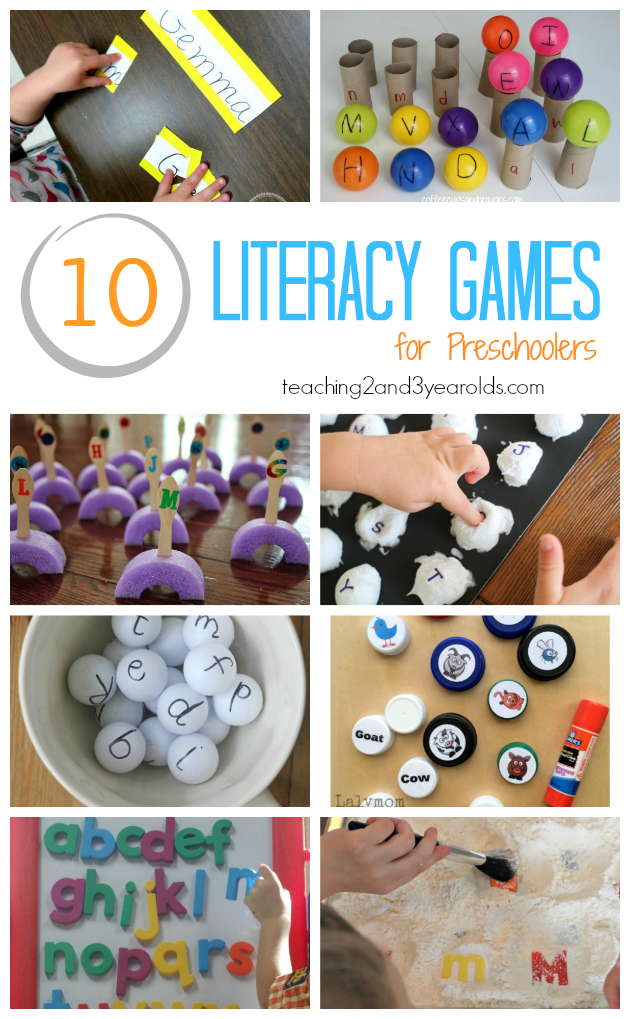 They love activities such as drawing, stroking, shading, painting, walking through the maze and looking for hidden animals. This not only stimulates mental activity, but also a necessary change of activity at this age, which prevents children from getting tired.
They love activities such as drawing, stroking, shading, painting, walking through the maze and looking for hidden animals. This not only stimulates mental activity, but also a necessary change of activity at this age, which prevents children from getting tired.
Children work throughout the course with clear worksheets that can serve as additional reference material for both children and parents at the end of the course.
At the end of the course, our puppies are probably reading in syllables, they know all the spelling letters, unable to read a simple sentence and repeat them.
How to make learning to read easier for children aged 3-5?
Don't just give your child a special course. A very important role in mastering this integrated game of science lessons at home. It is important to reinforce what the child has learned while reading at home. There are some easy and simple ways to train a child's memory:
- Hang in a prominent place a book with a neon alphabet, so that it was always in front of the child's eyes.
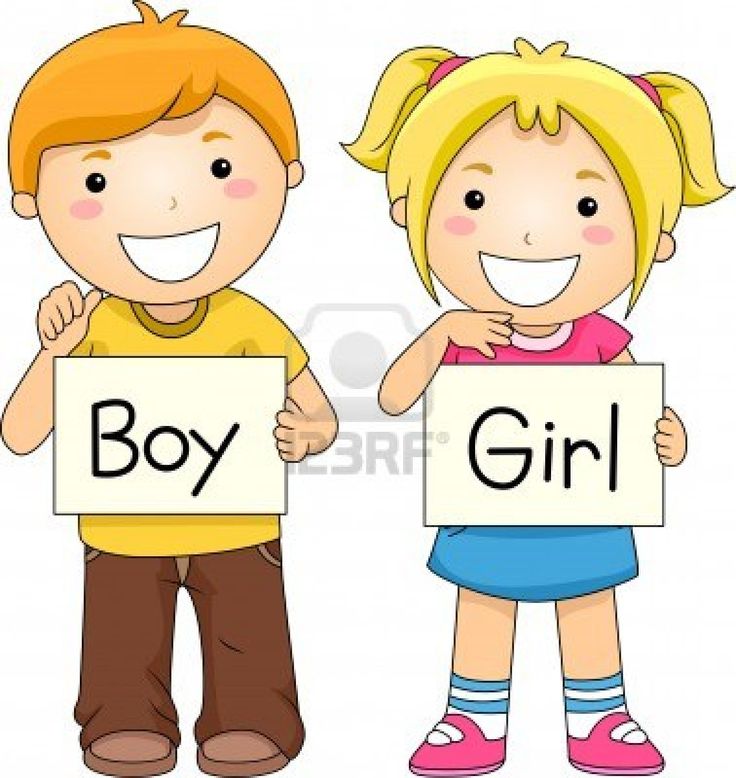 When he passed, or to sleep, look out for the brightly colored pictures and letters Zastuje Image.
When he passed, or to sleep, look out for the brightly colored pictures and letters Zastuje Image. - Let your child watch educational programs in which the main characters learn letters and syllables. This should take about 20 minutes, but will certainly bring positive results.
- Buy brightly colored printable hats with the letters of your favorite cartoon characters or fairy tales. Just a child for a few minutes a day will be depicted with a letter in a dotted line.
- The ankle and magnetic alphabets of the decade are great for teaching kids to read. Nothing memorable for a child, but also something that can touch him. Adding 3D letter syllables is a great additional way to visualize images of letters and syllables.
- A board game with letters and syllables is a great way for your three year old to learn to read. These can be various forms of bingo, dominoes, puzzles or special games with a board, dice and chips.
- Include your child's favorite people in the learning process.
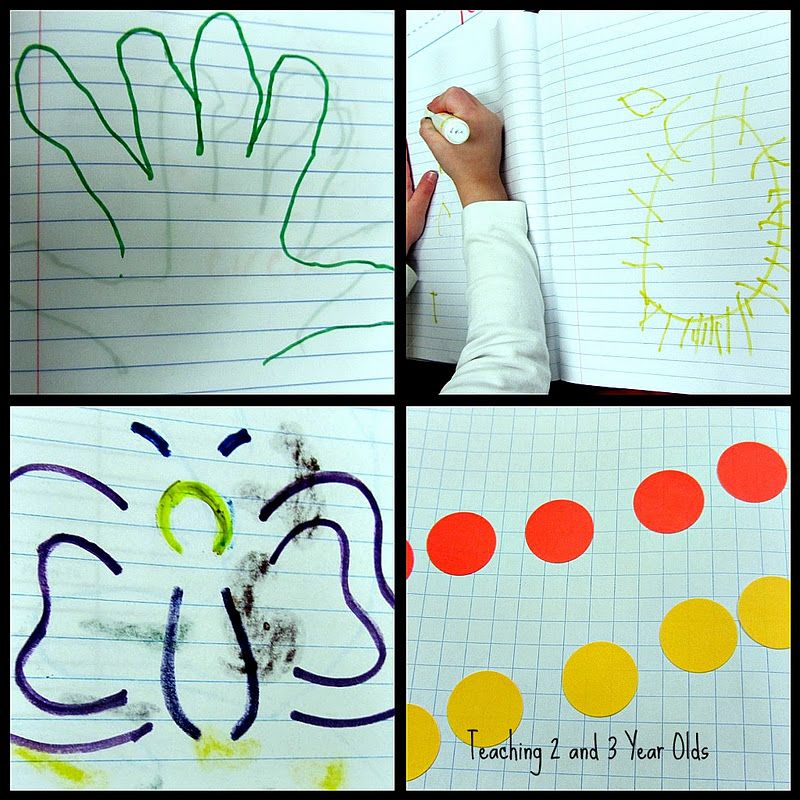
Learn more


